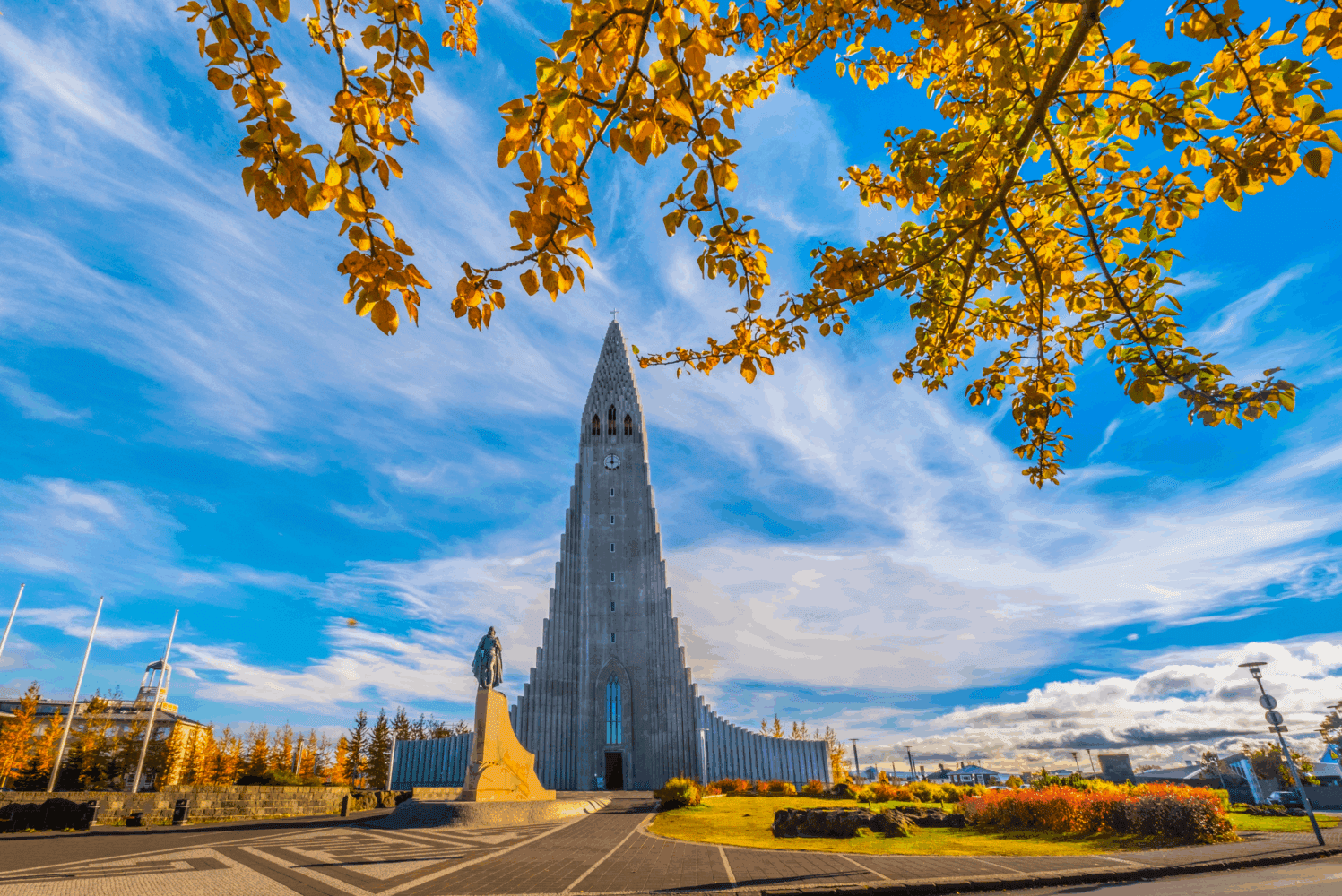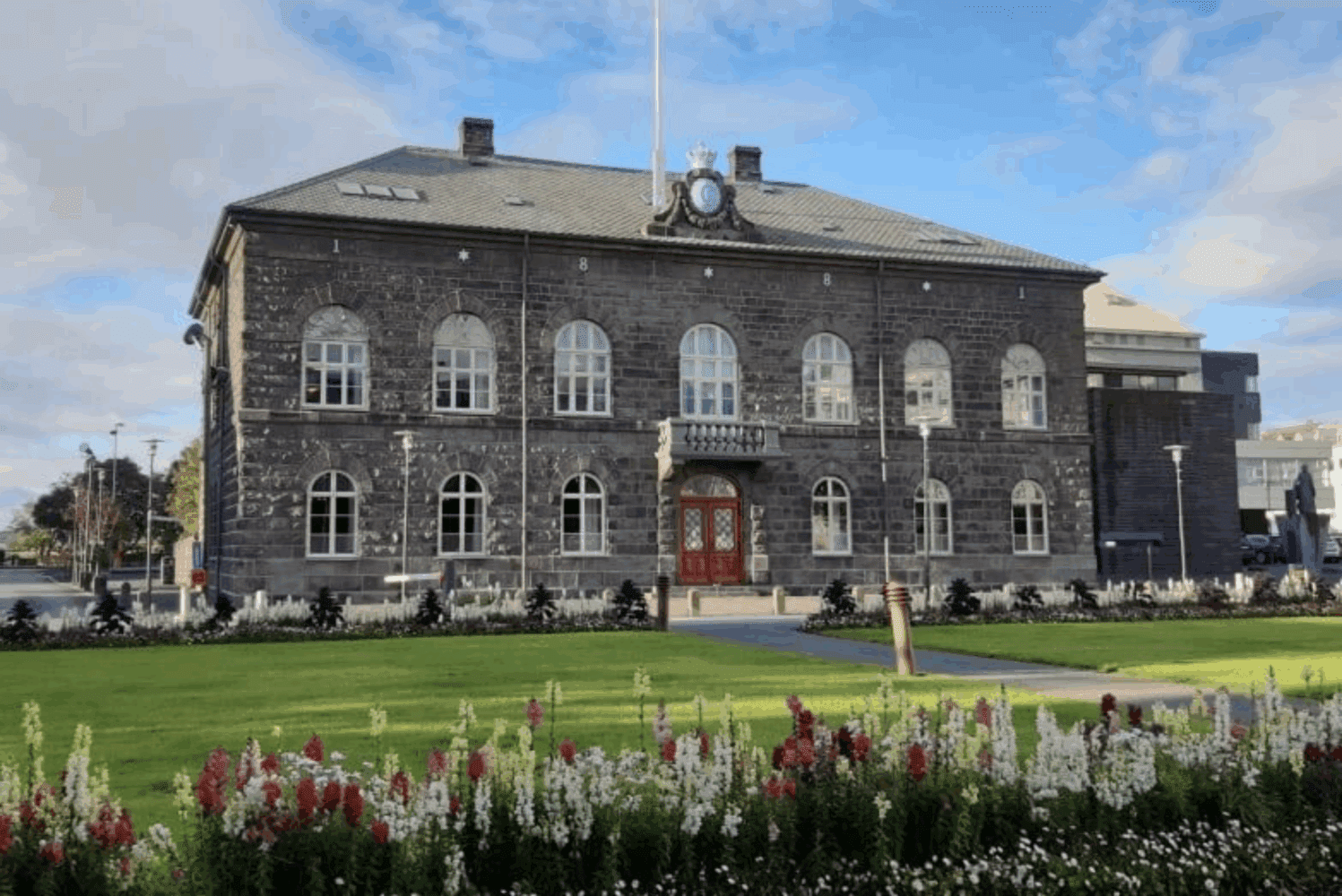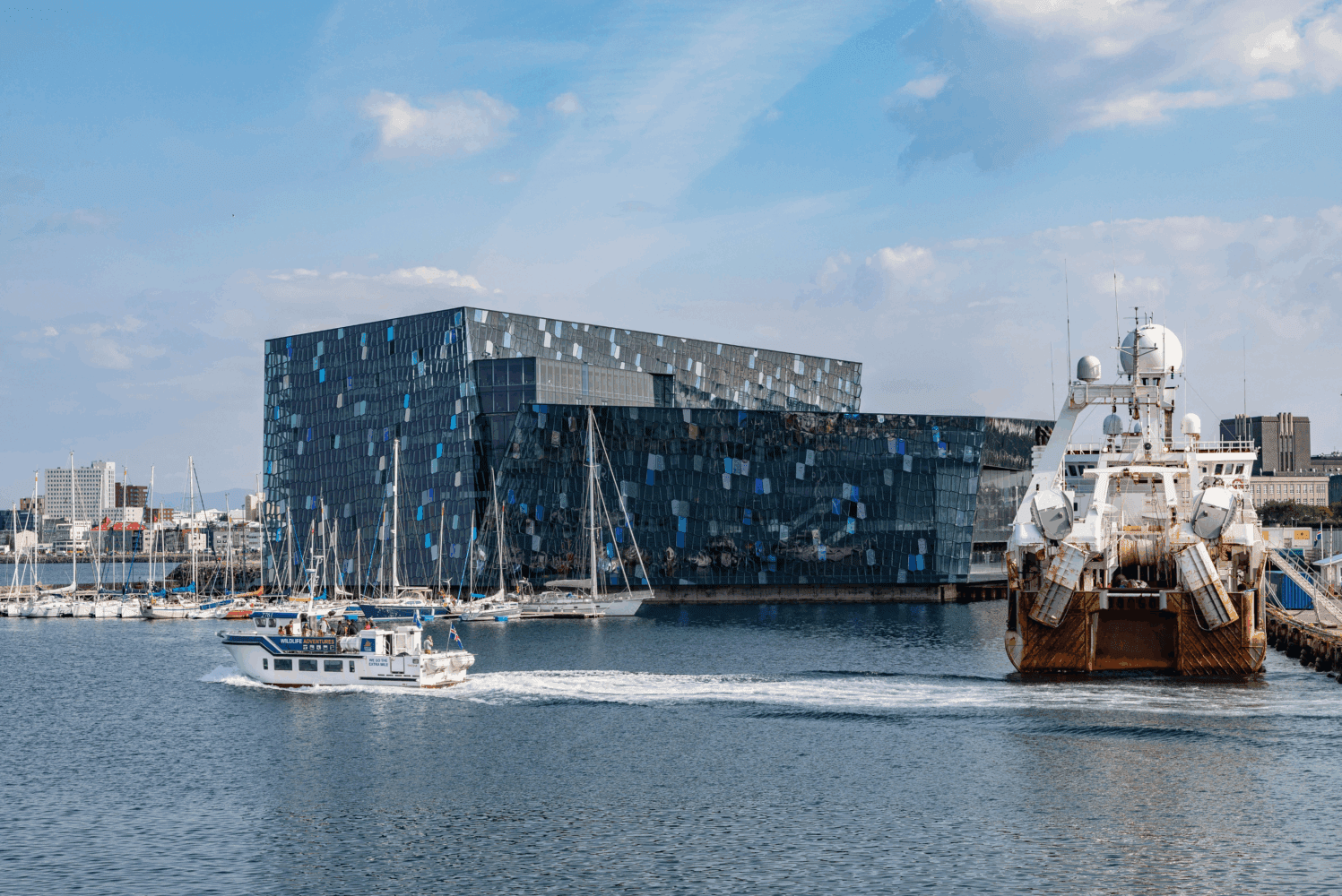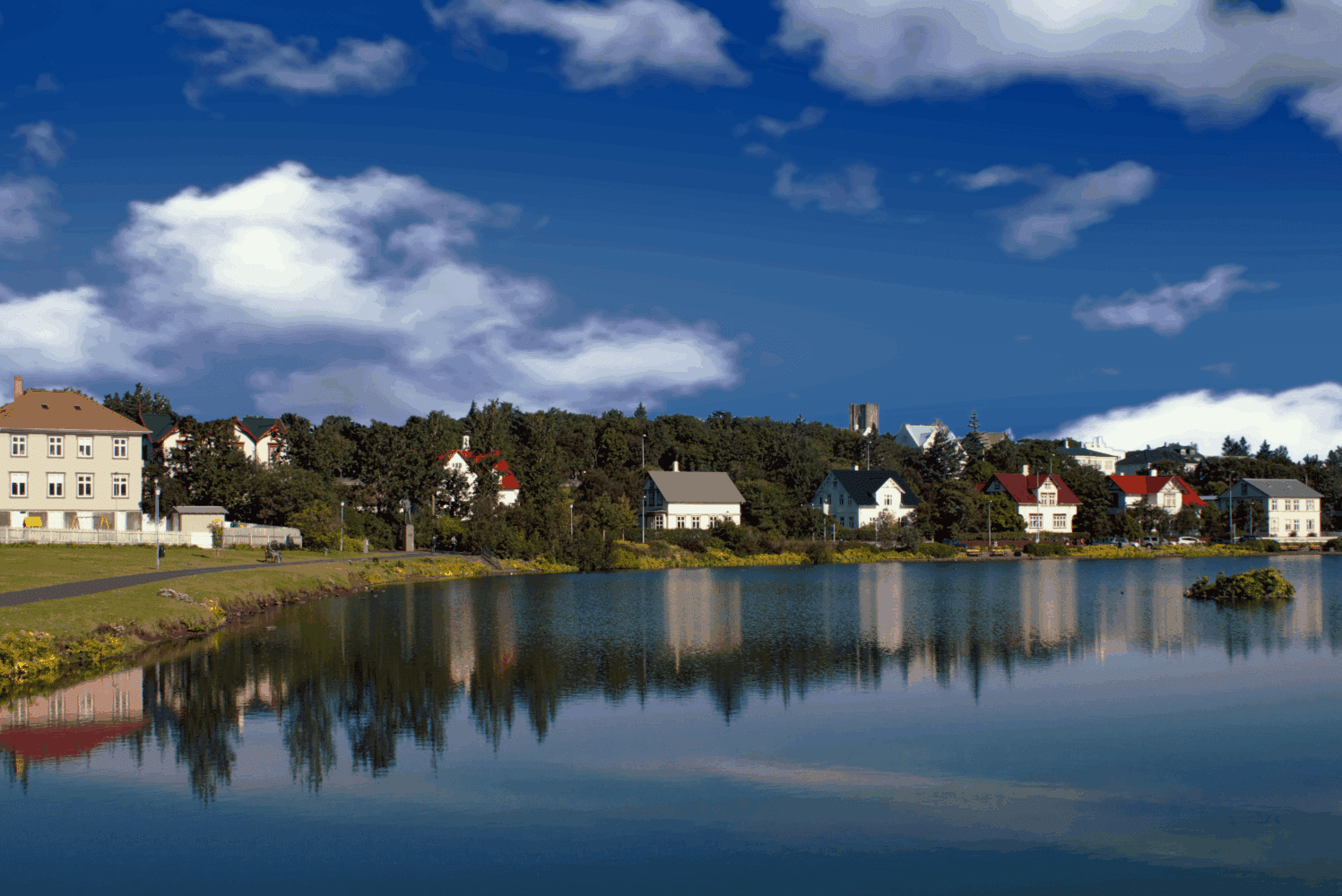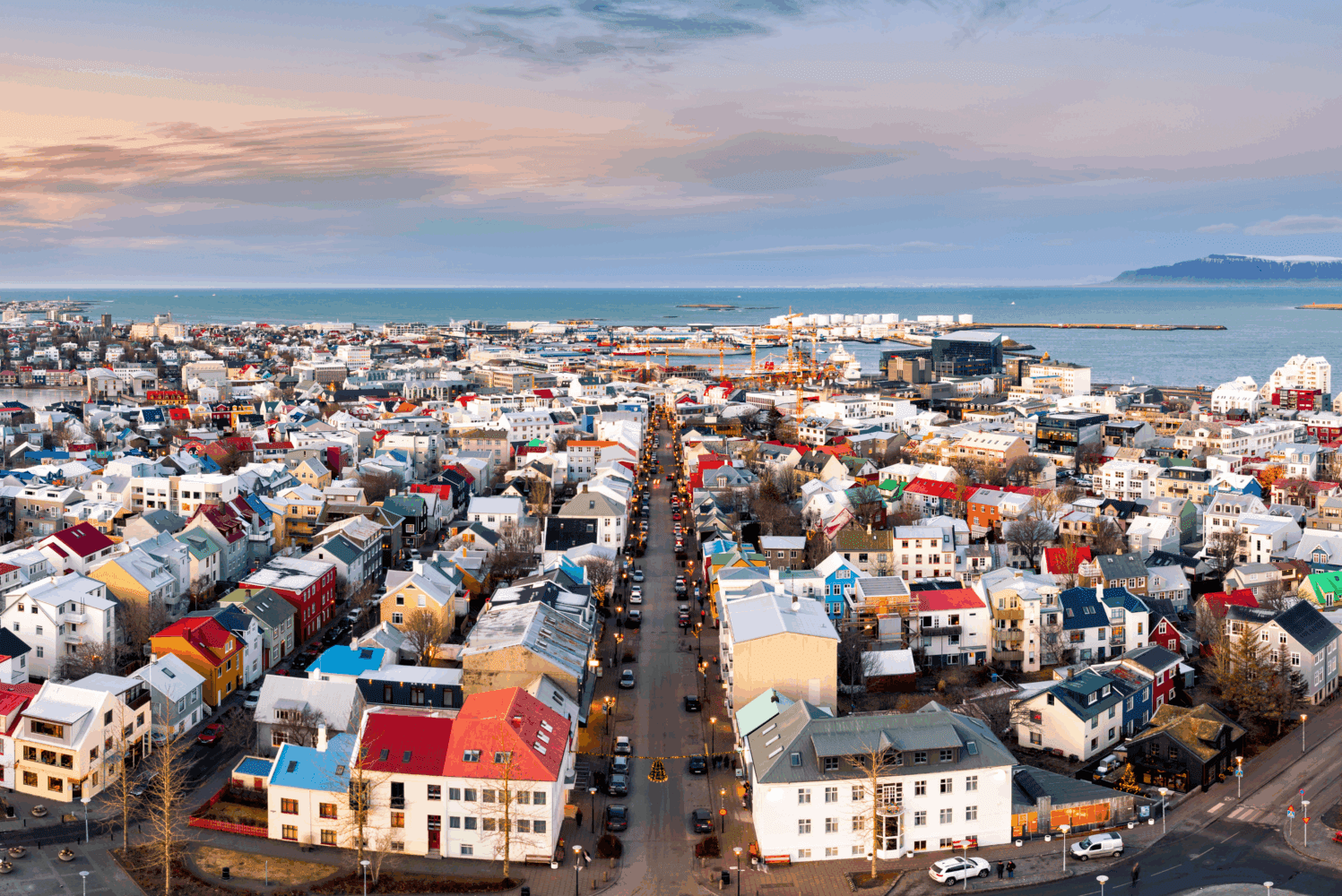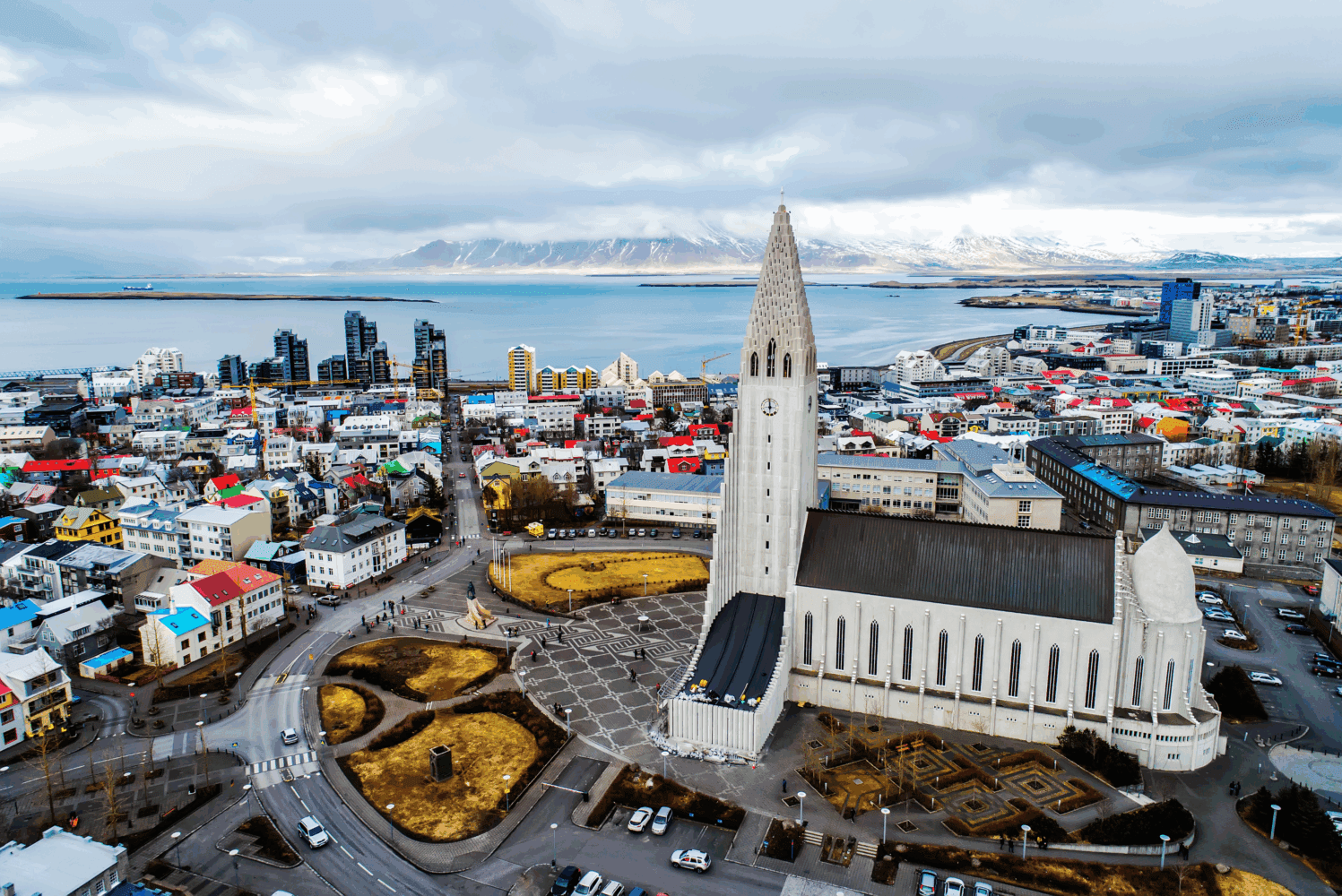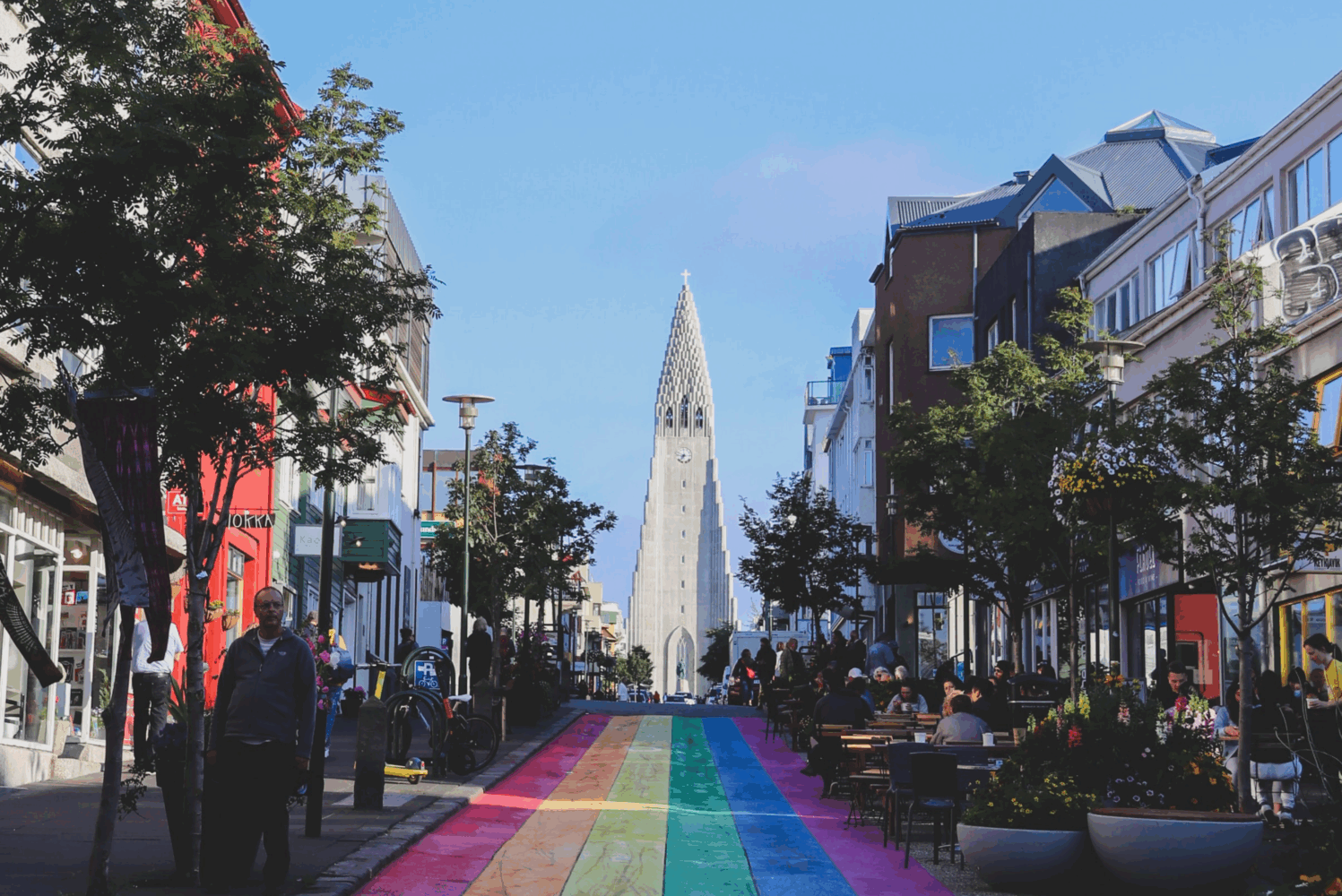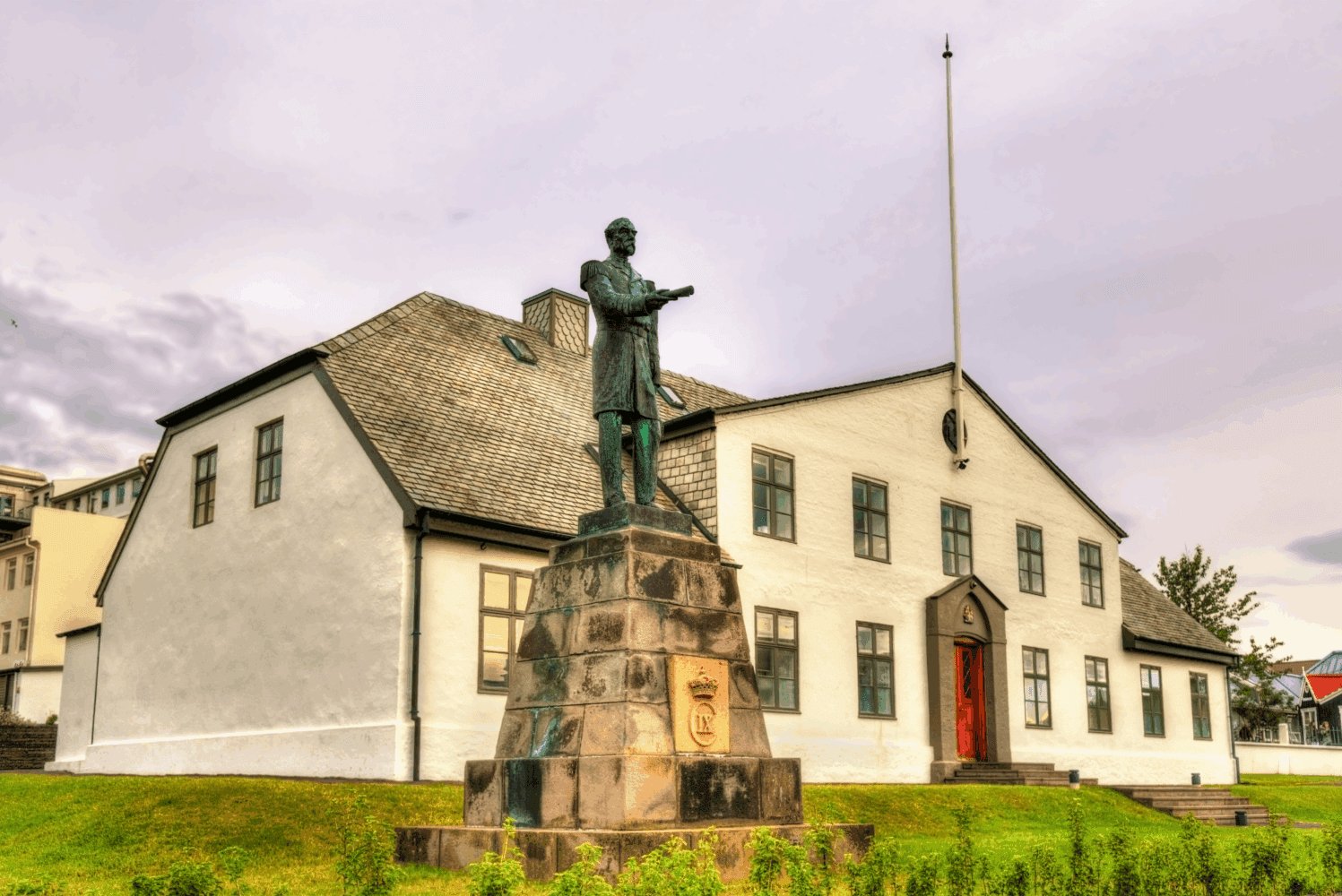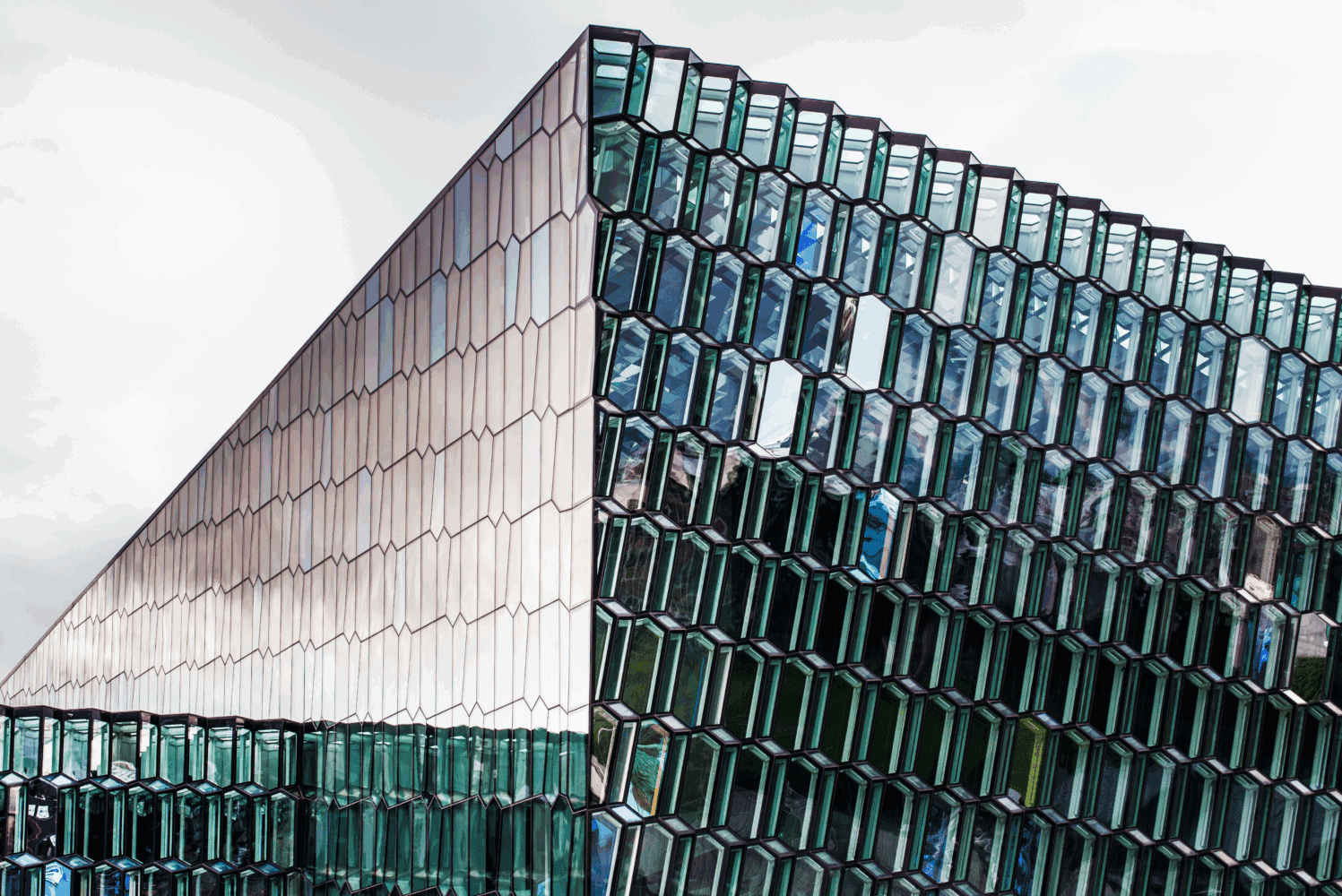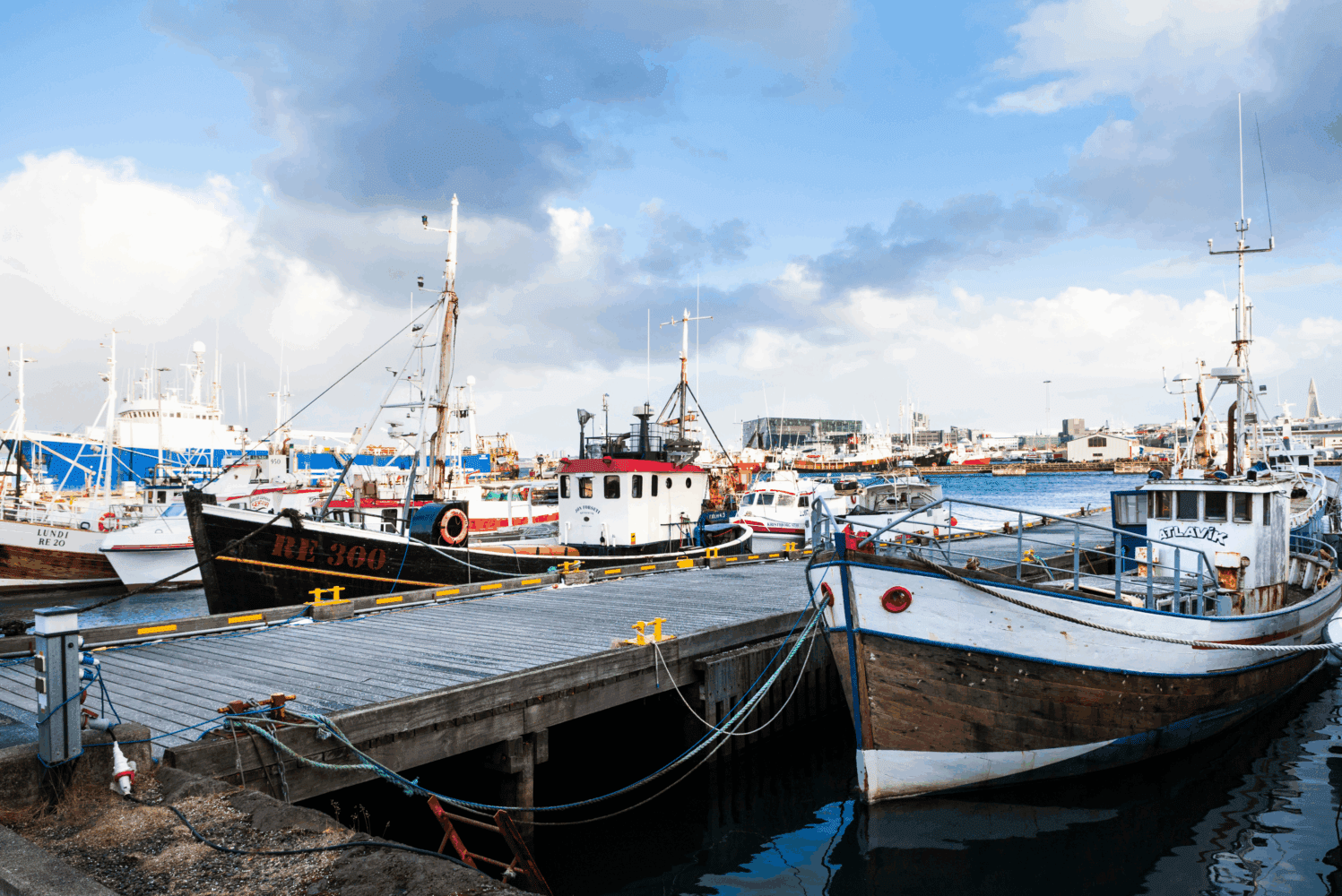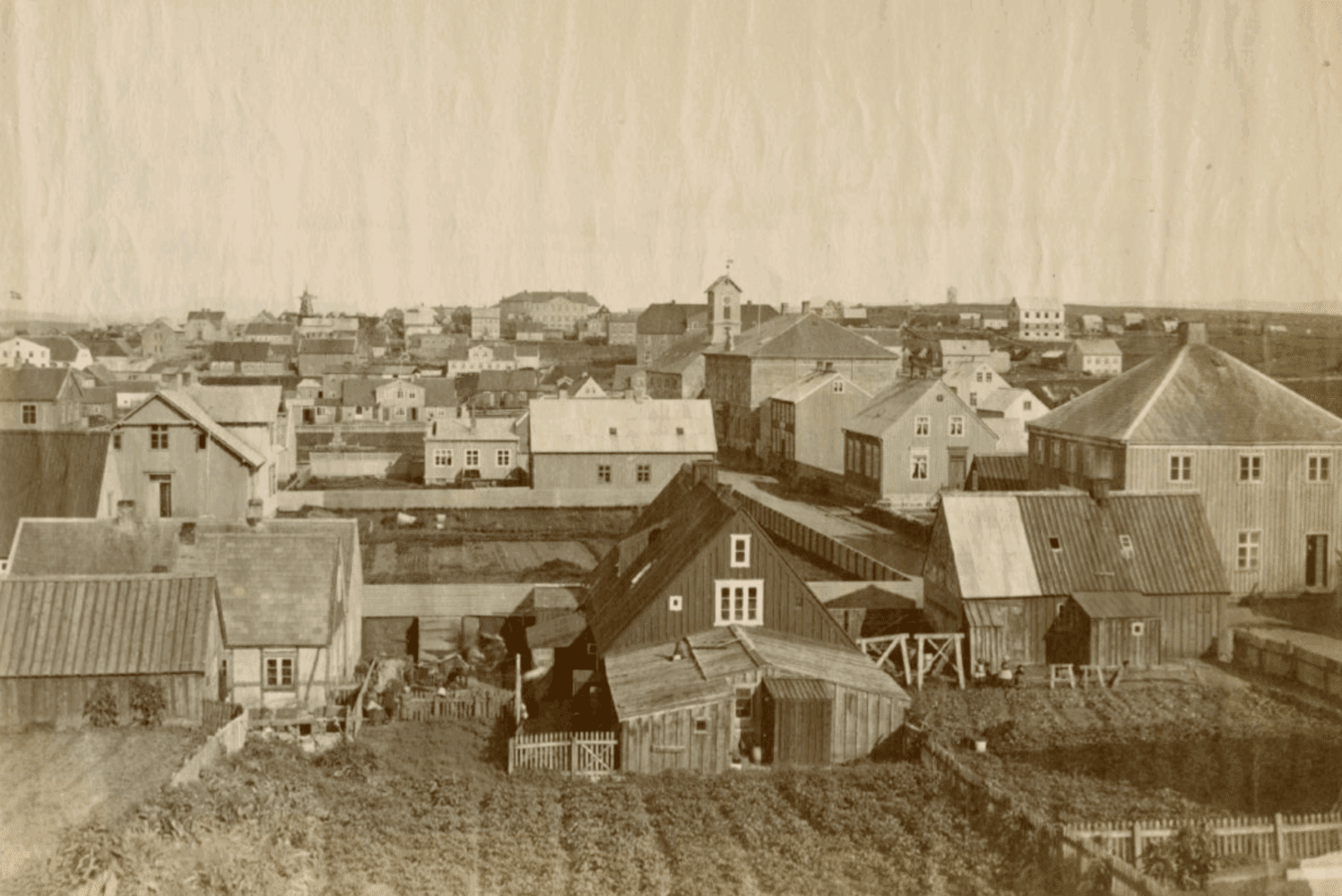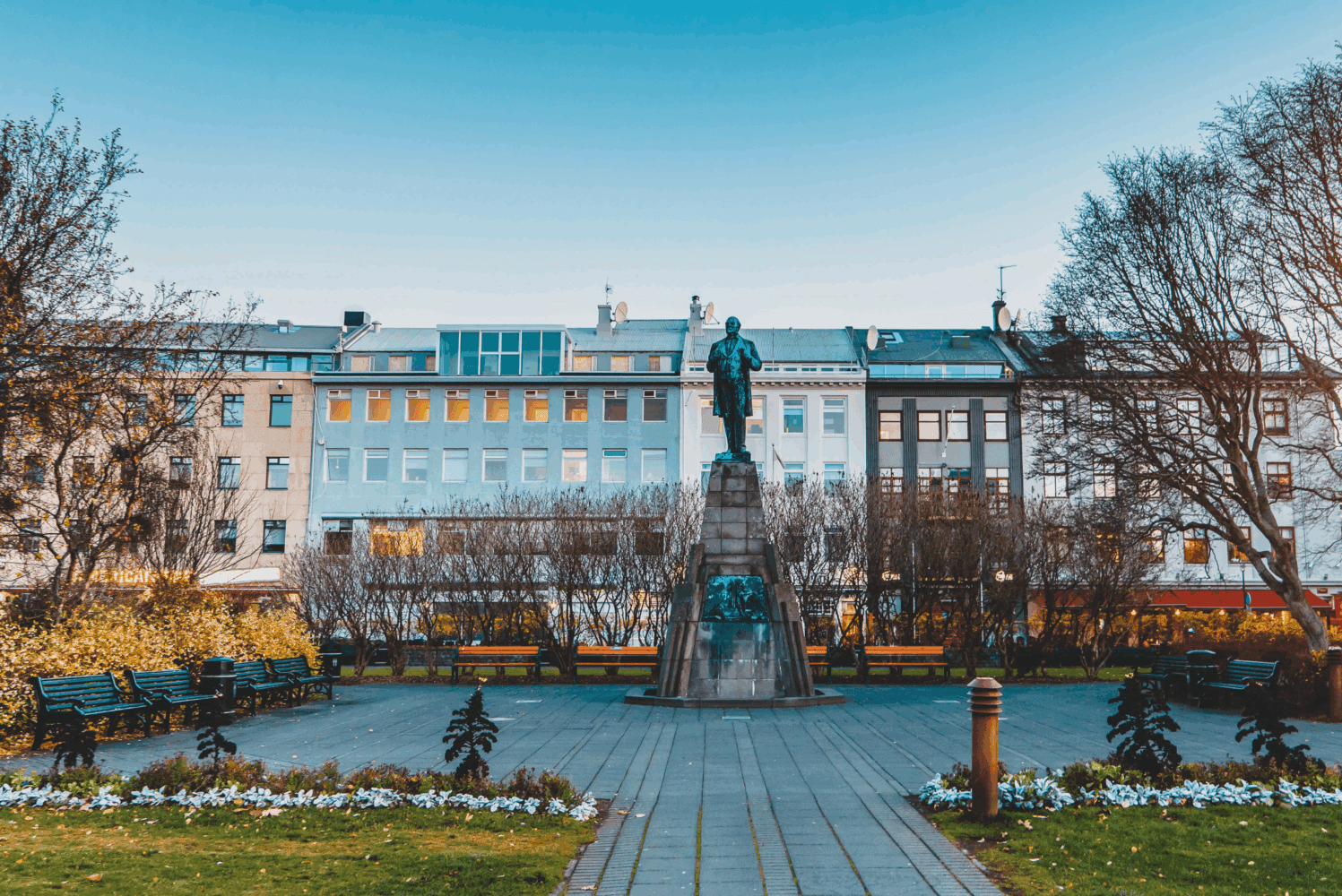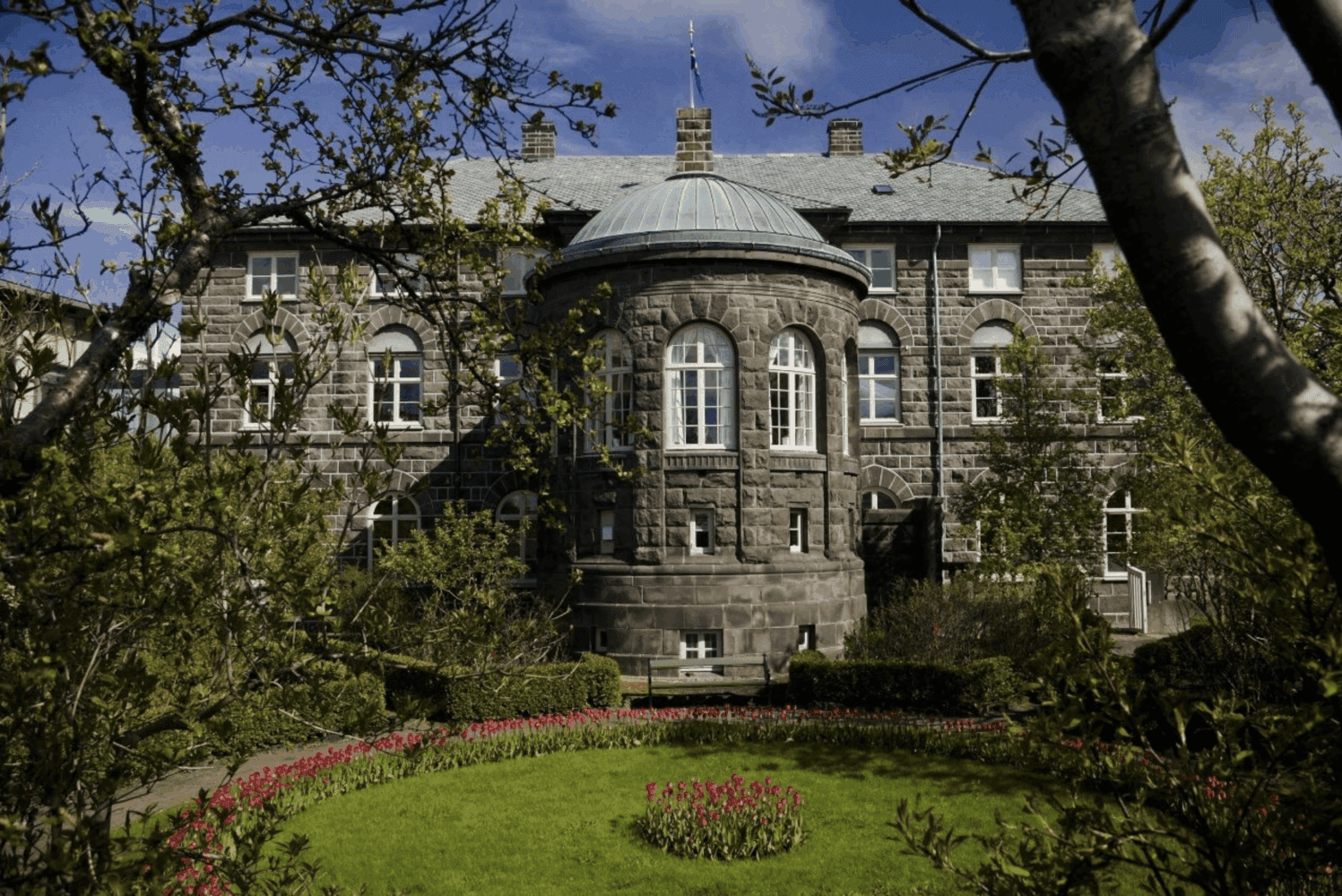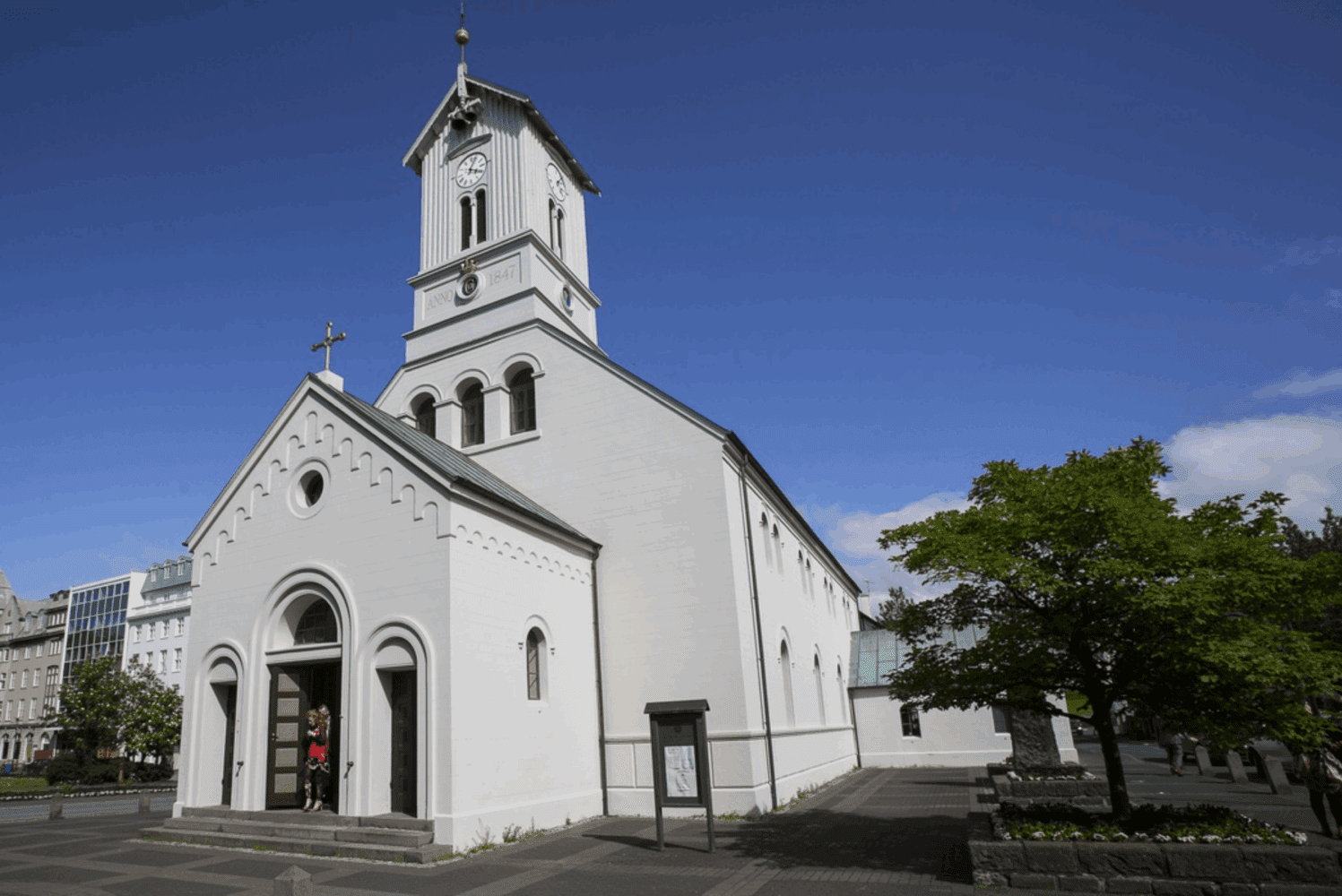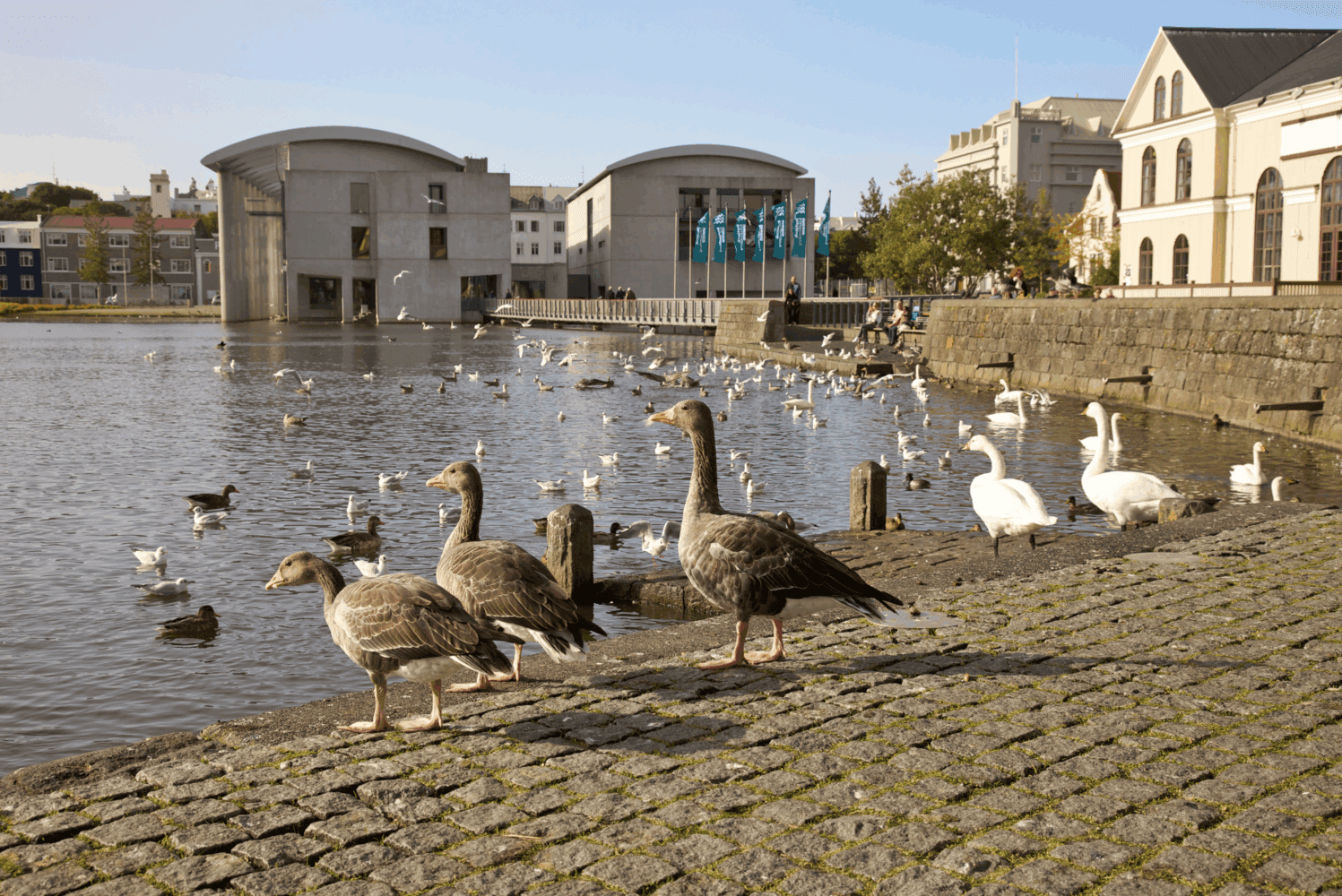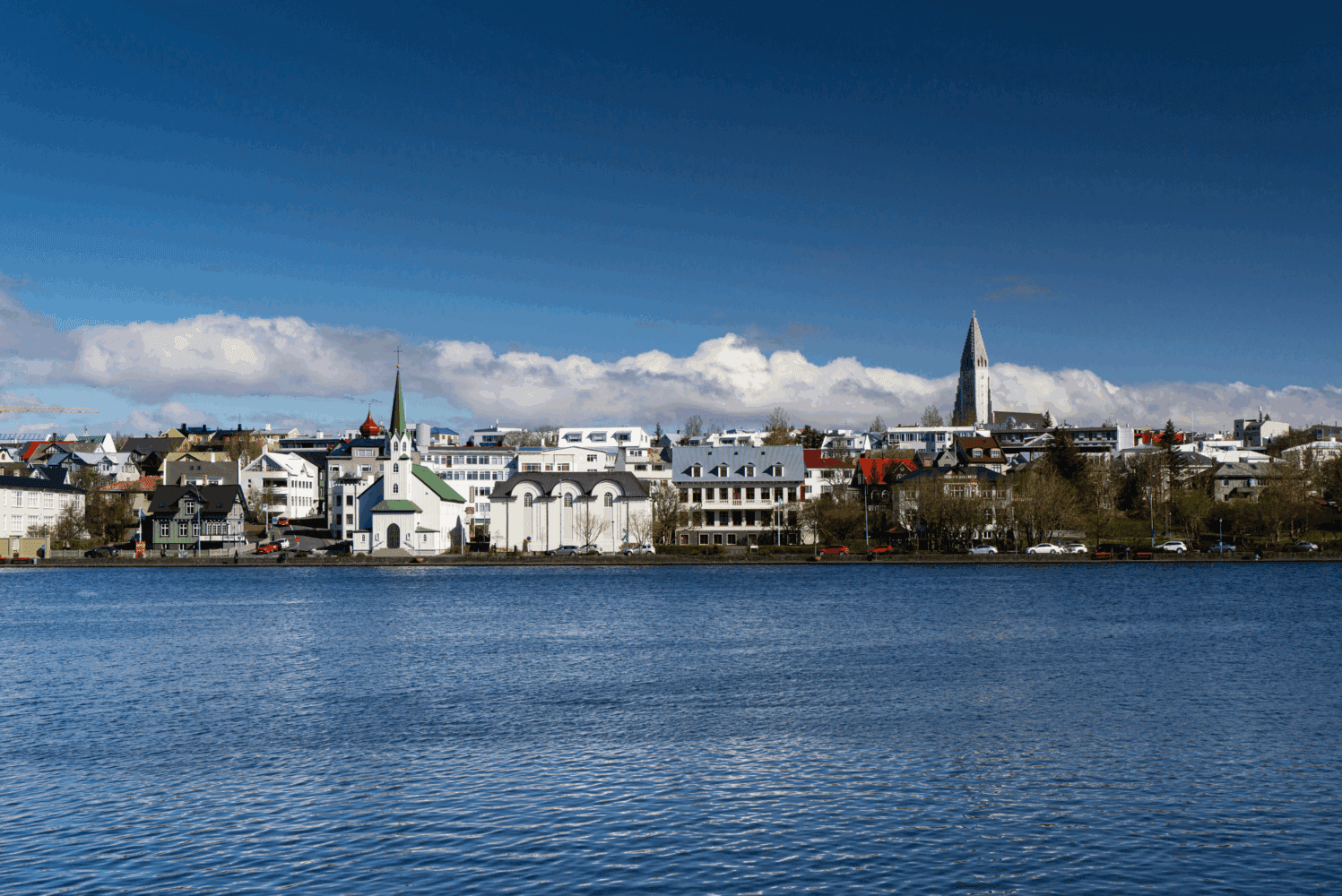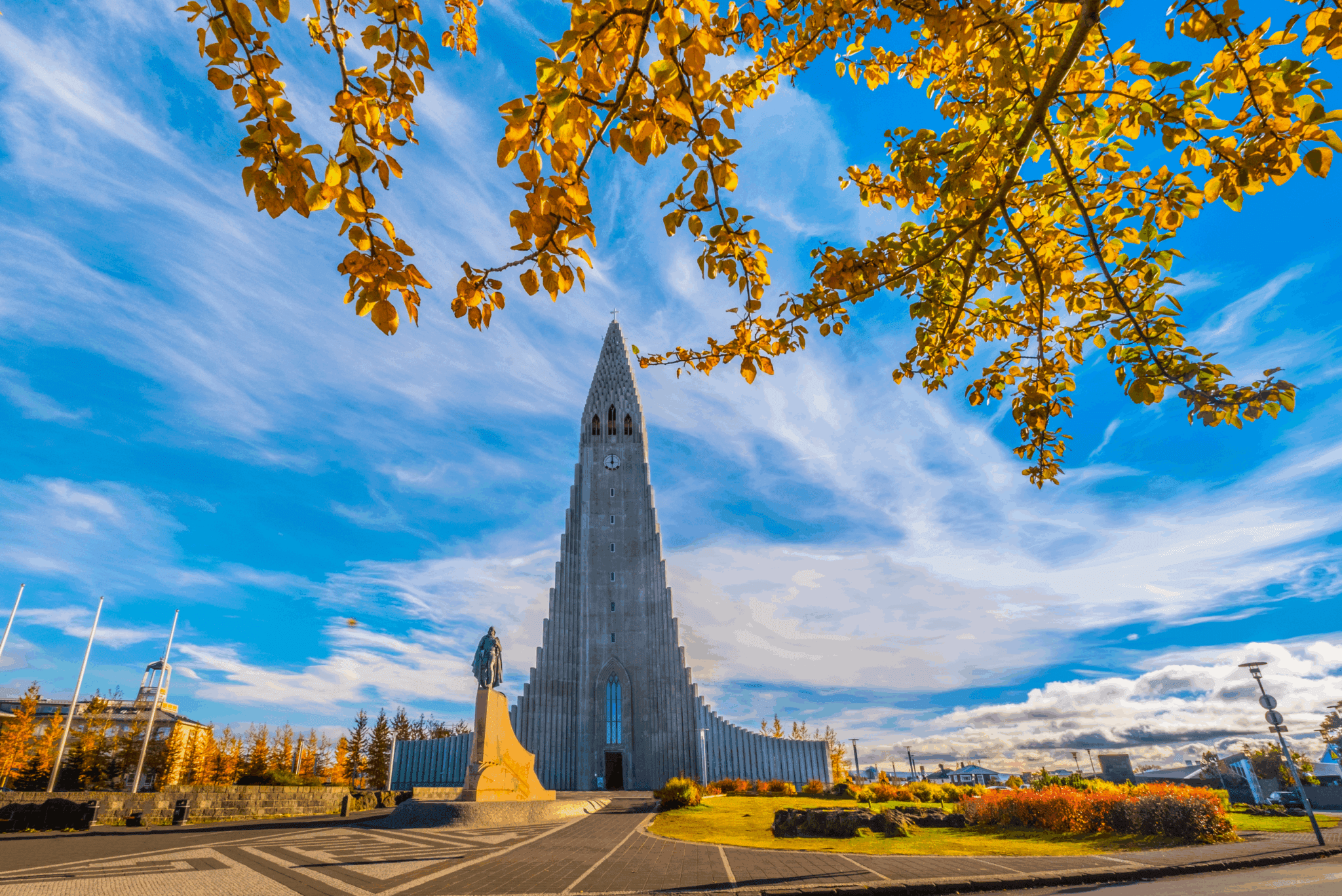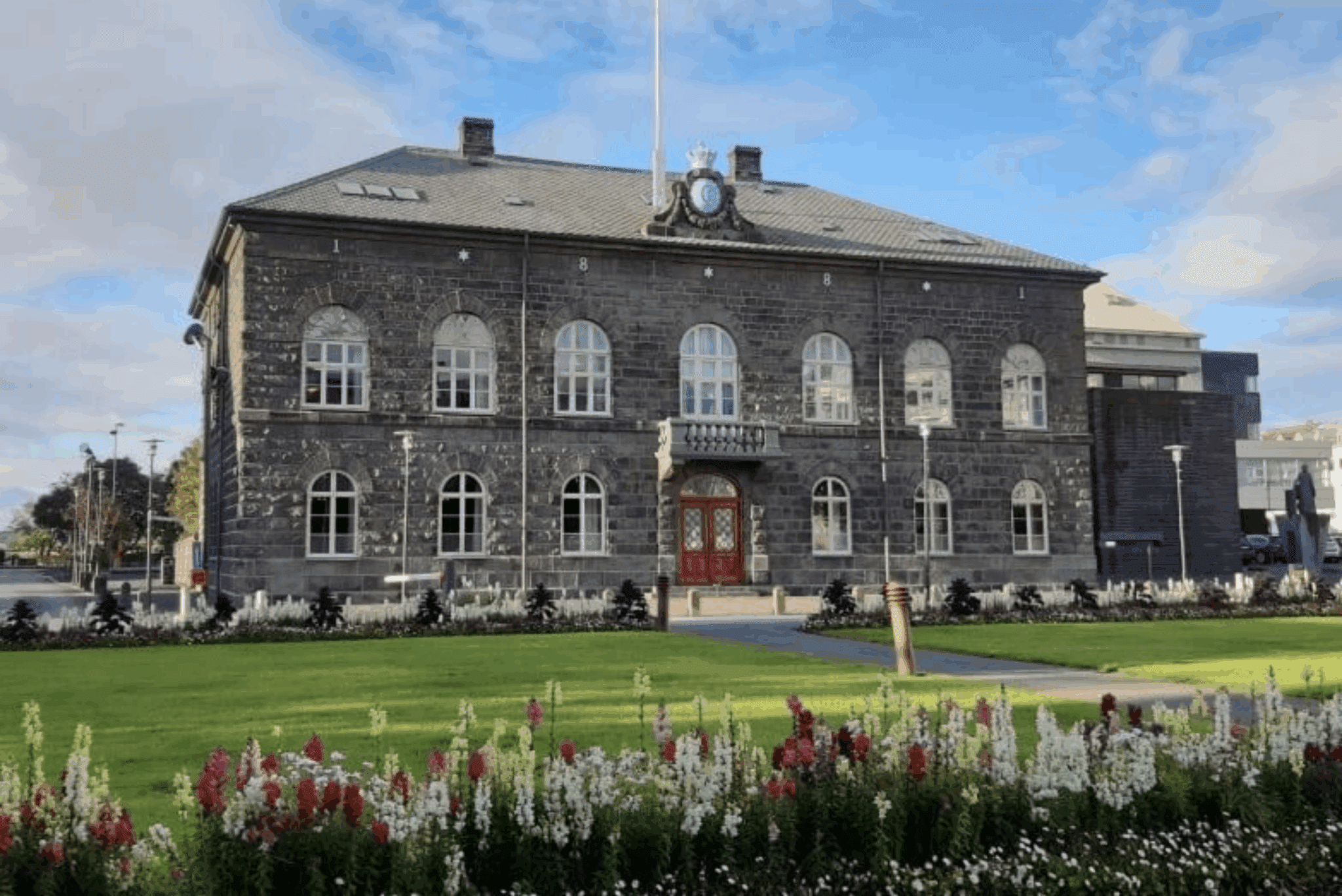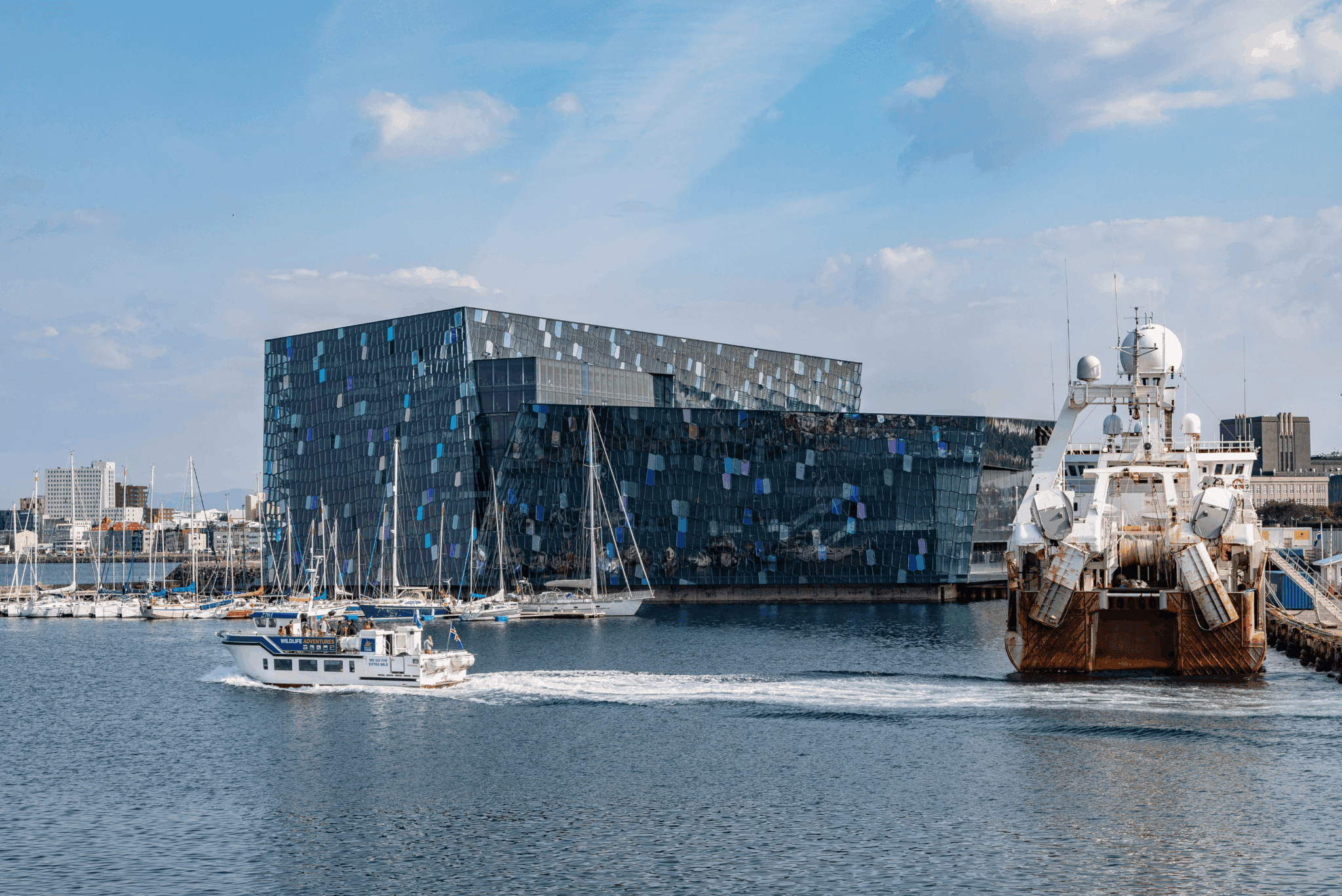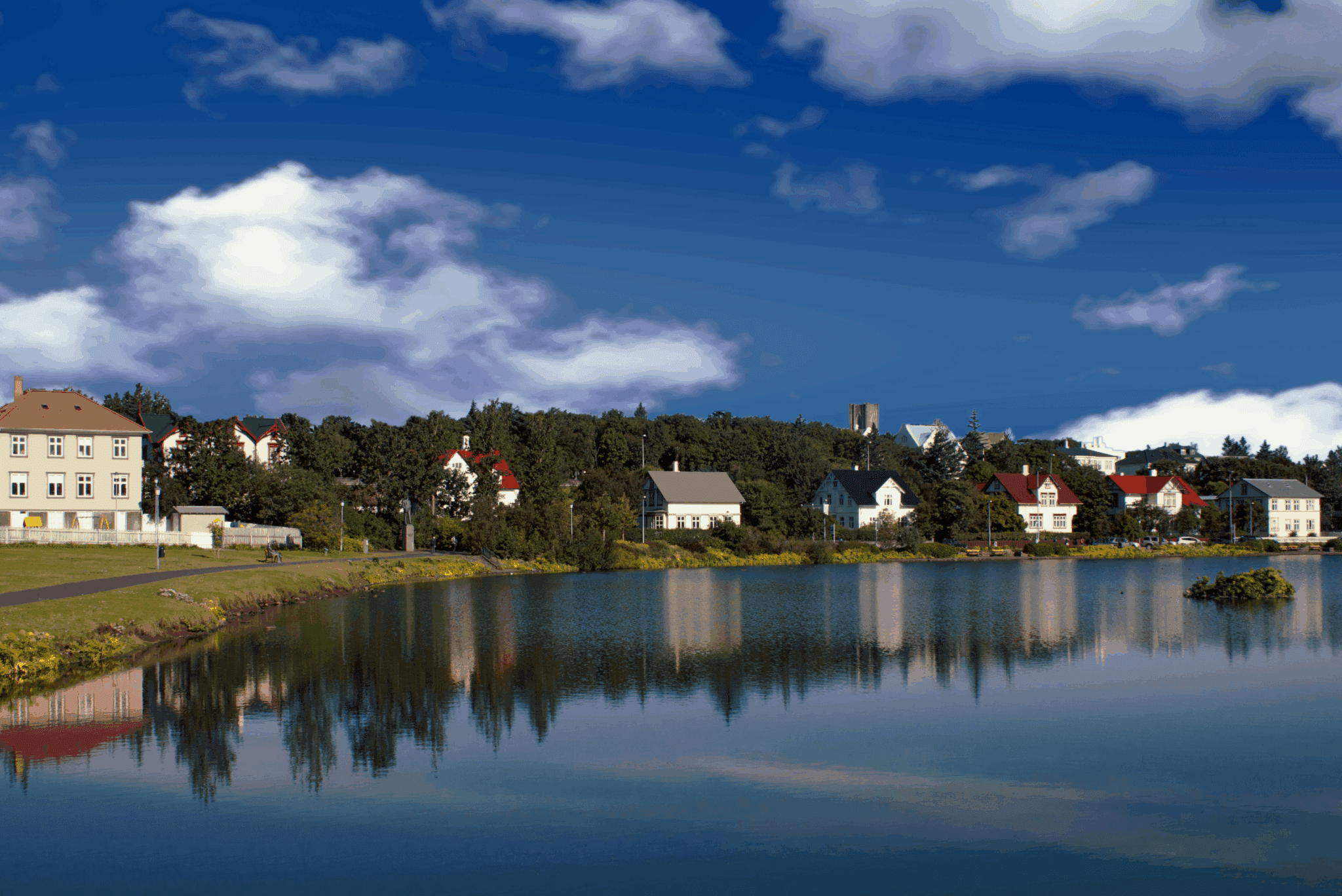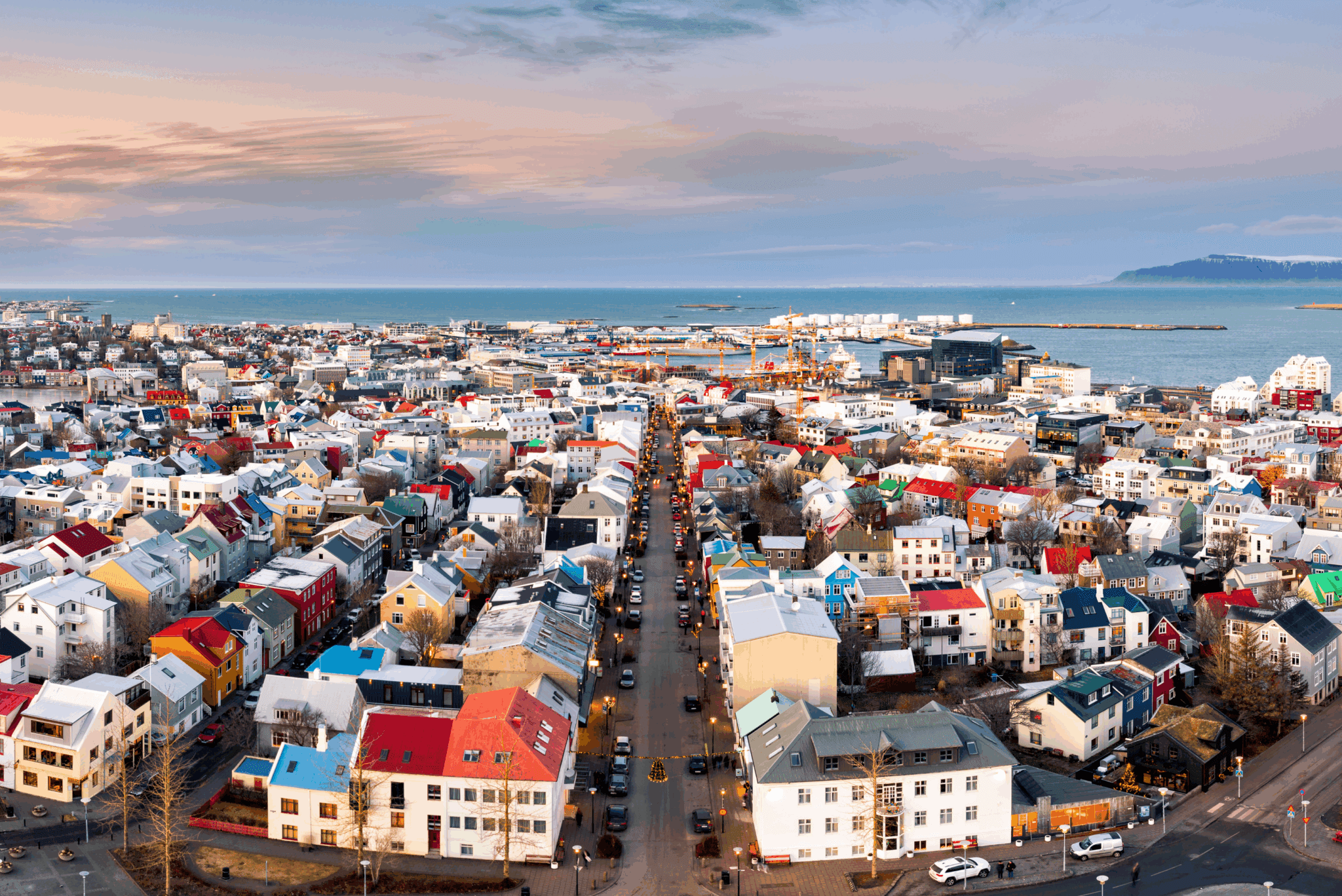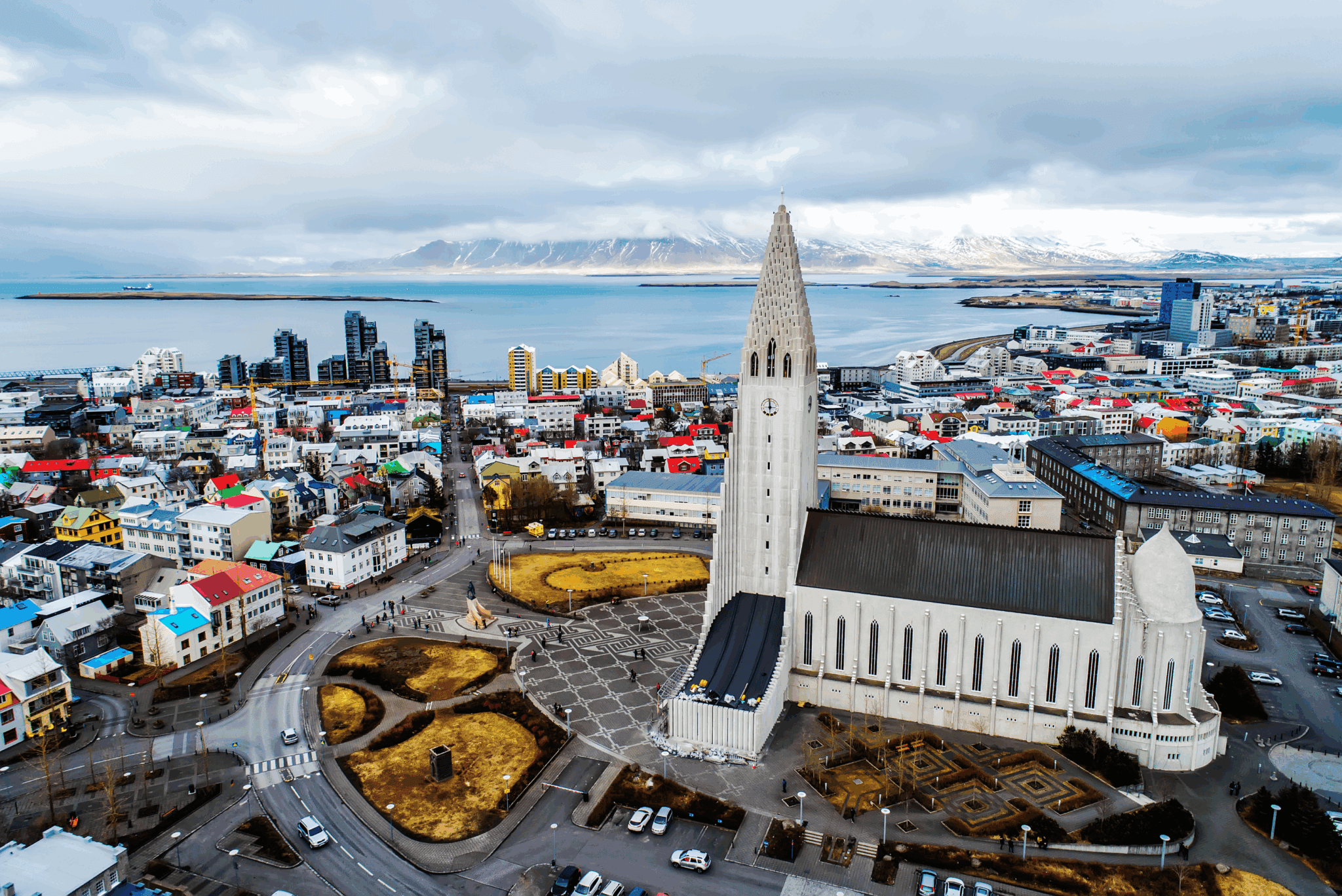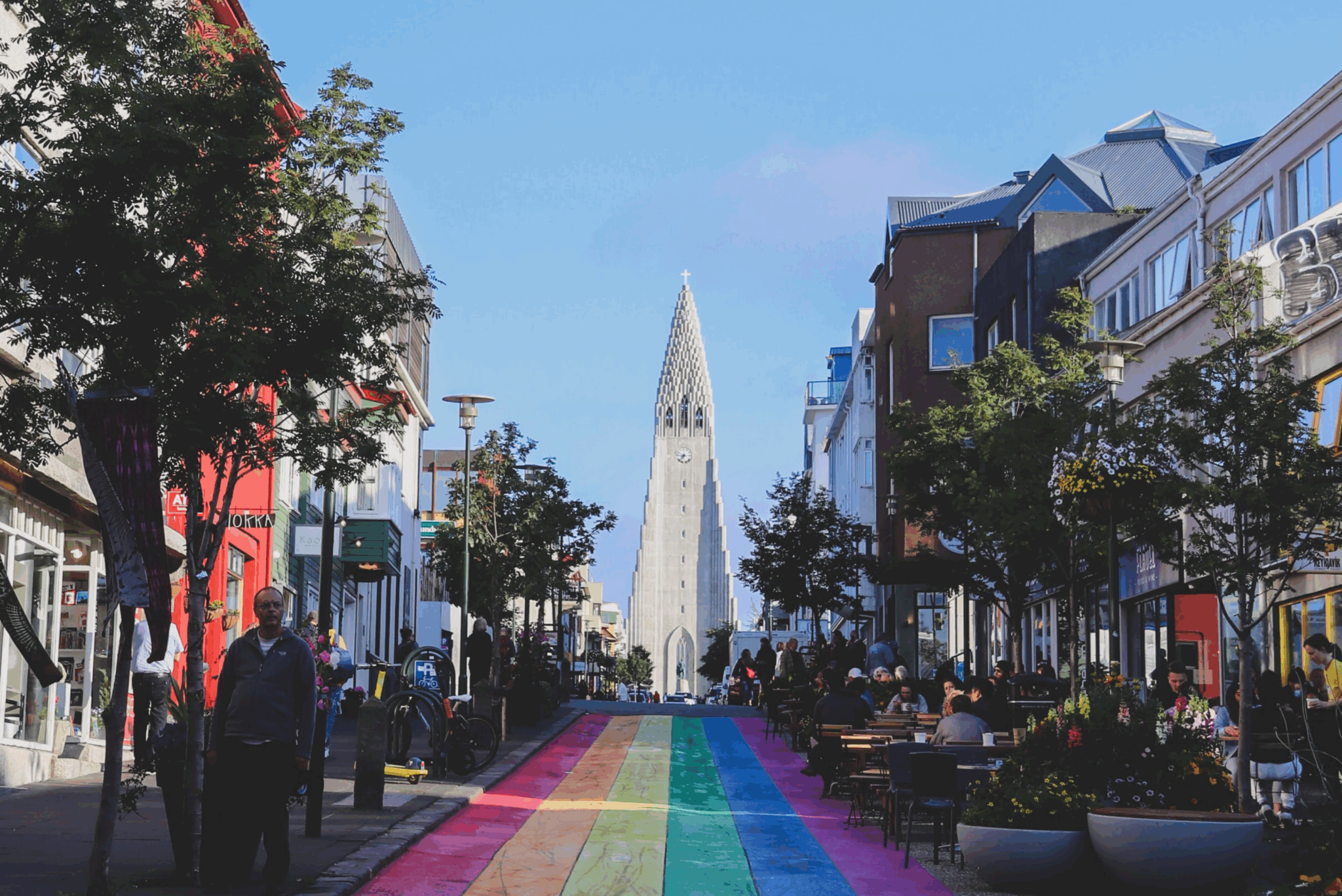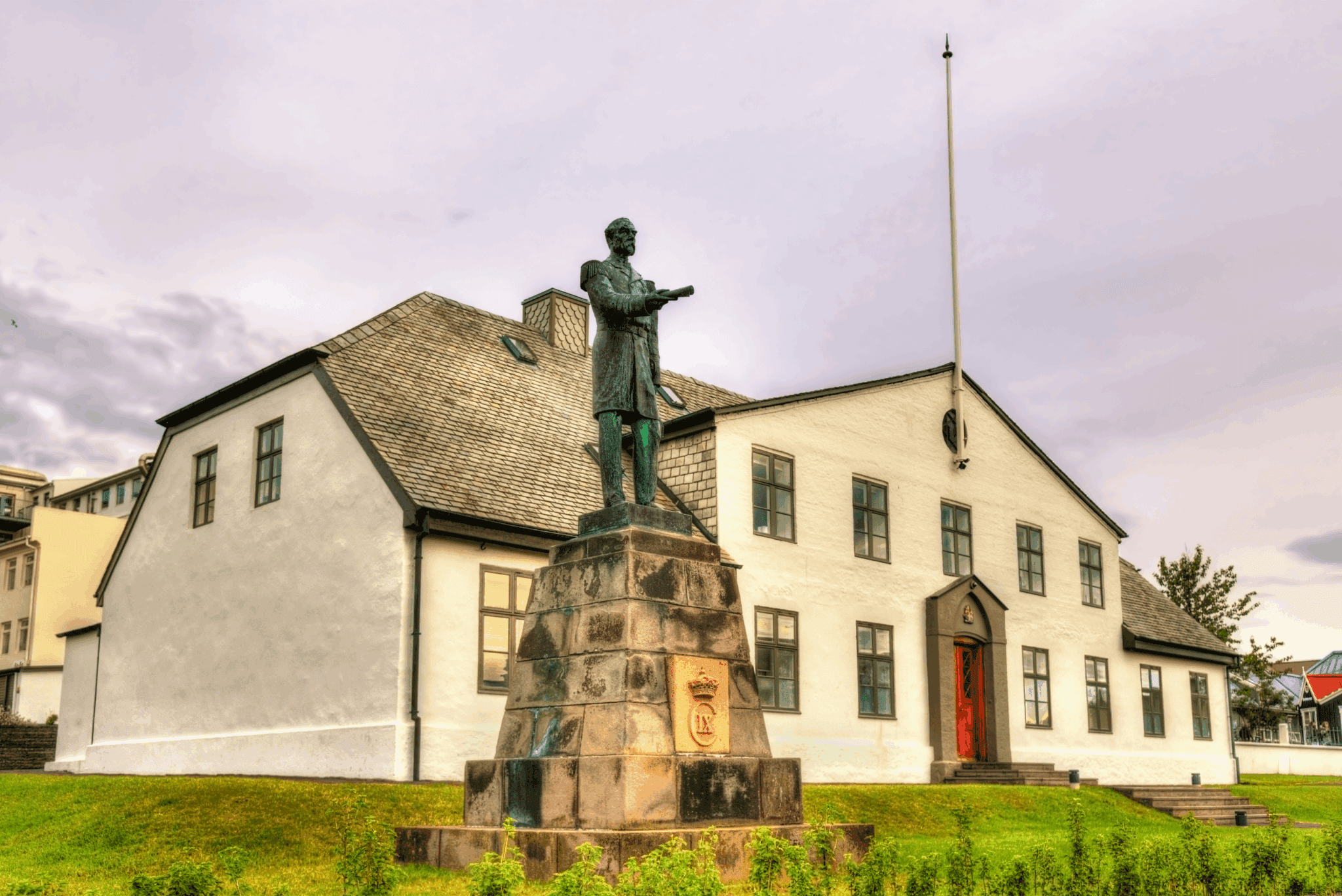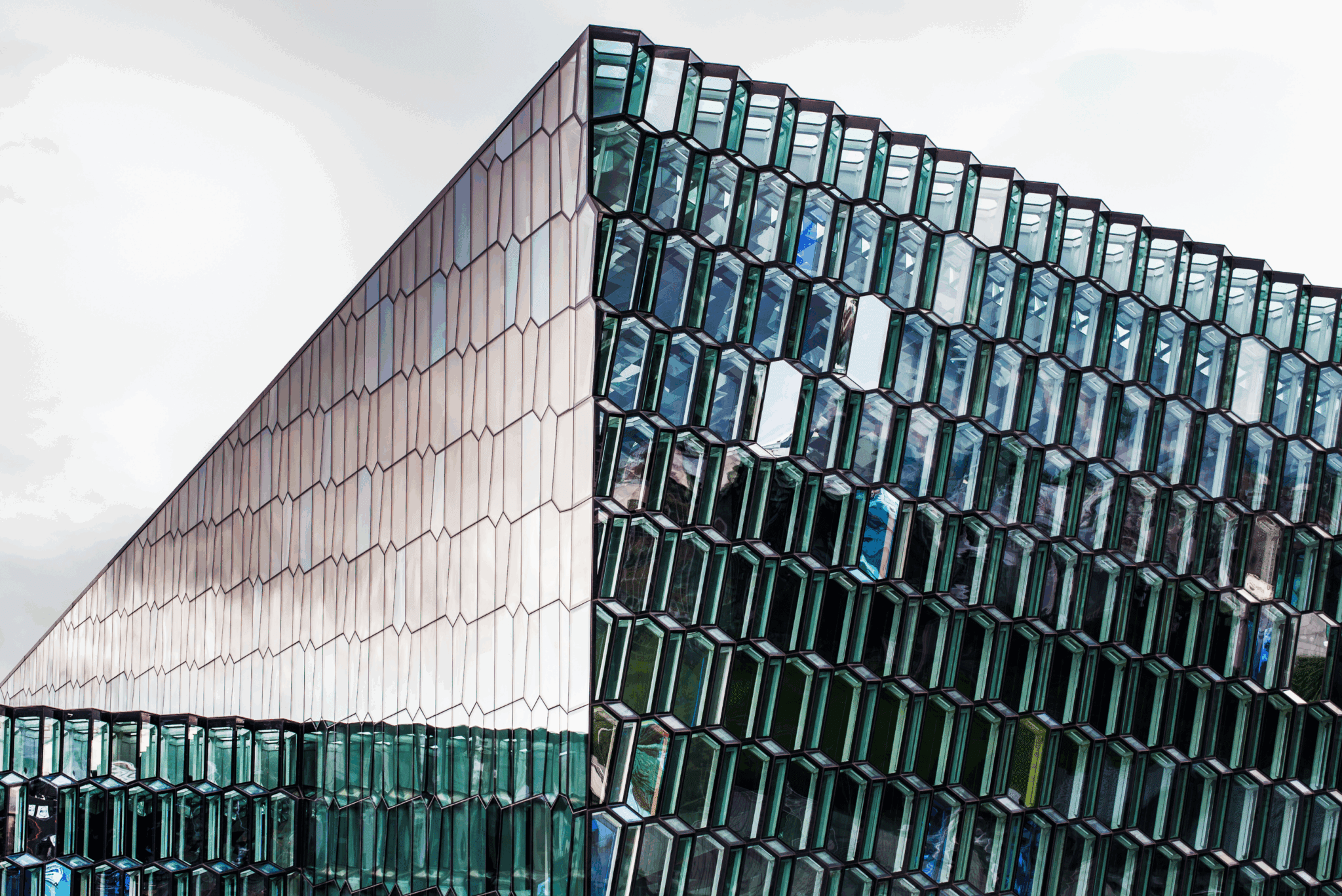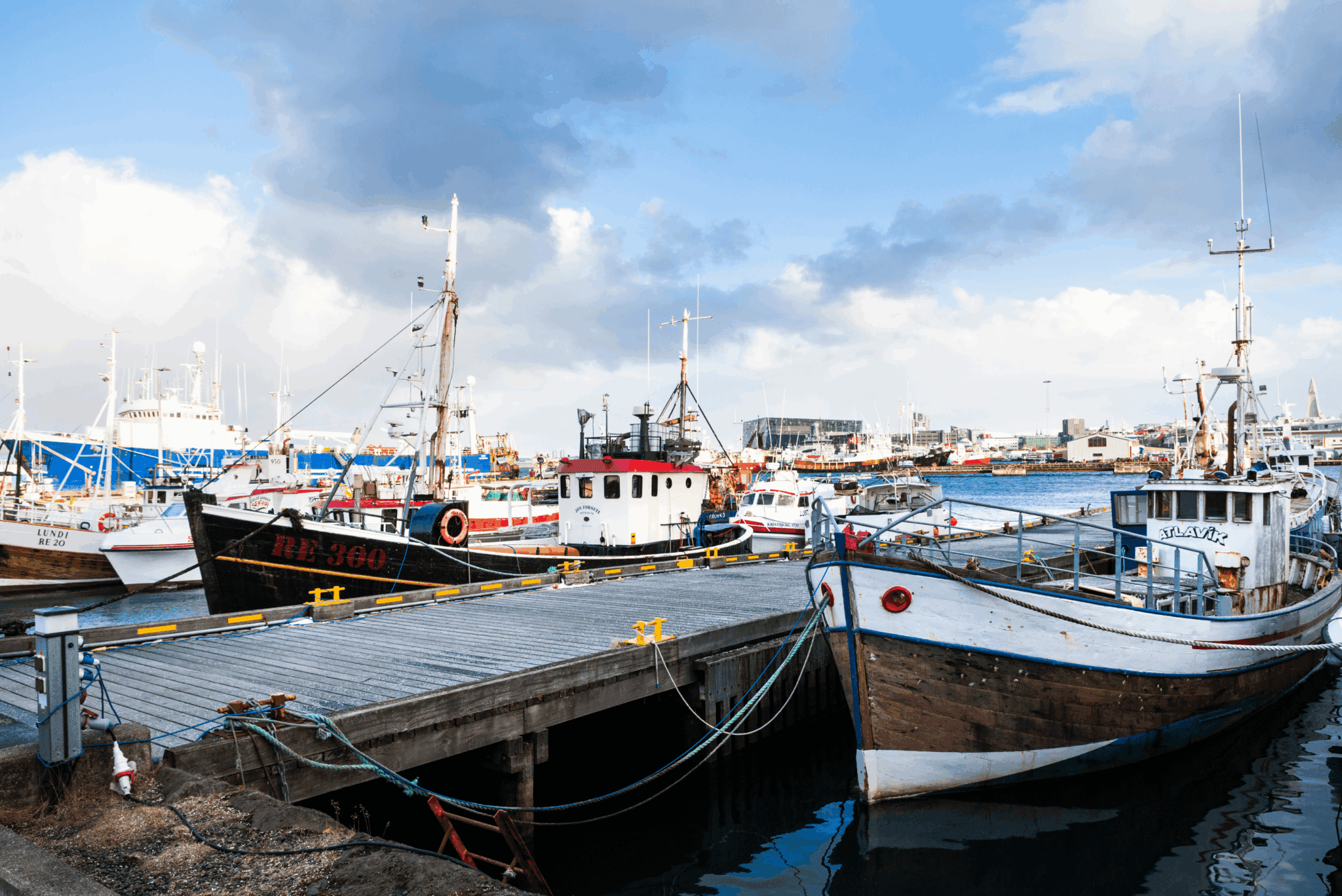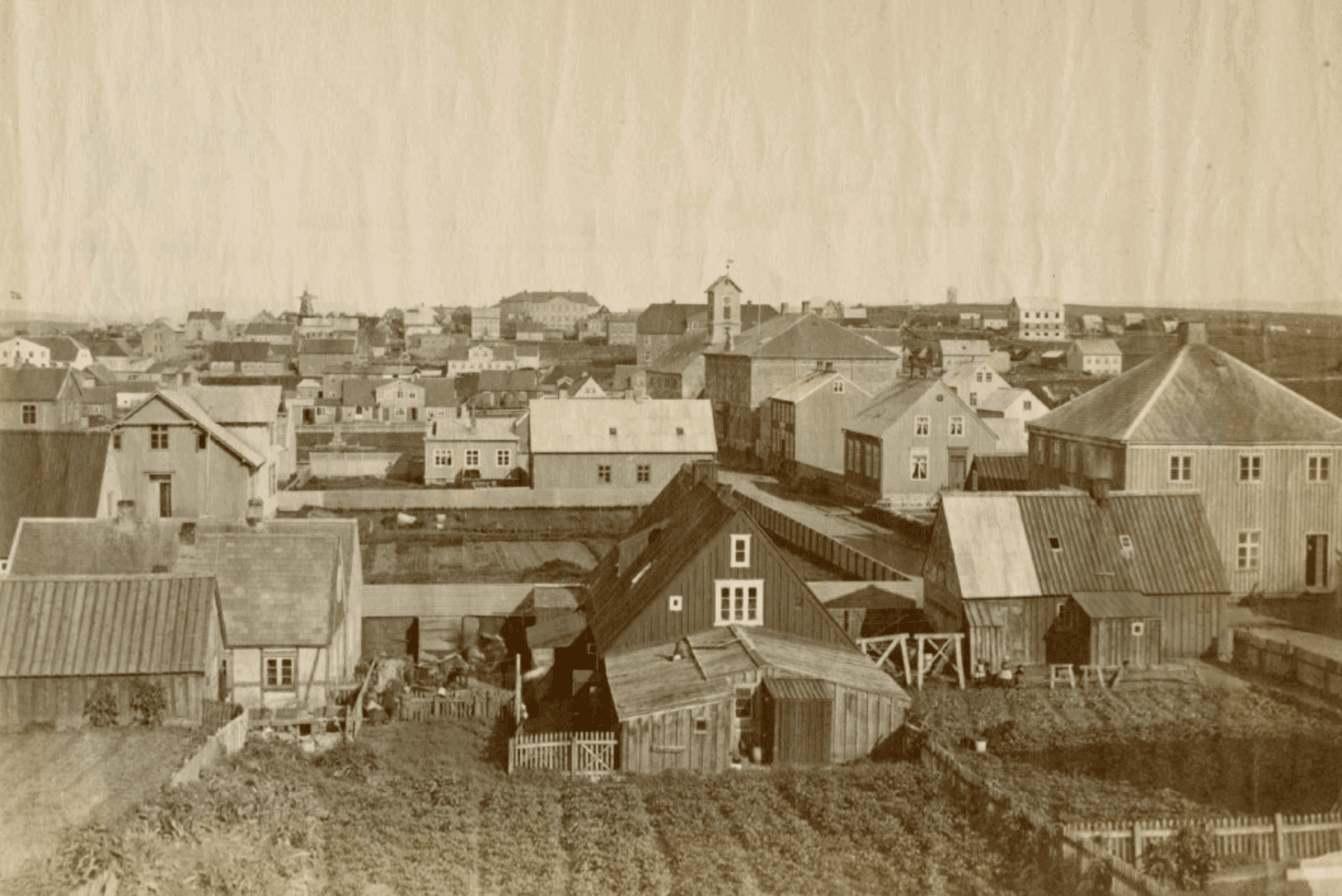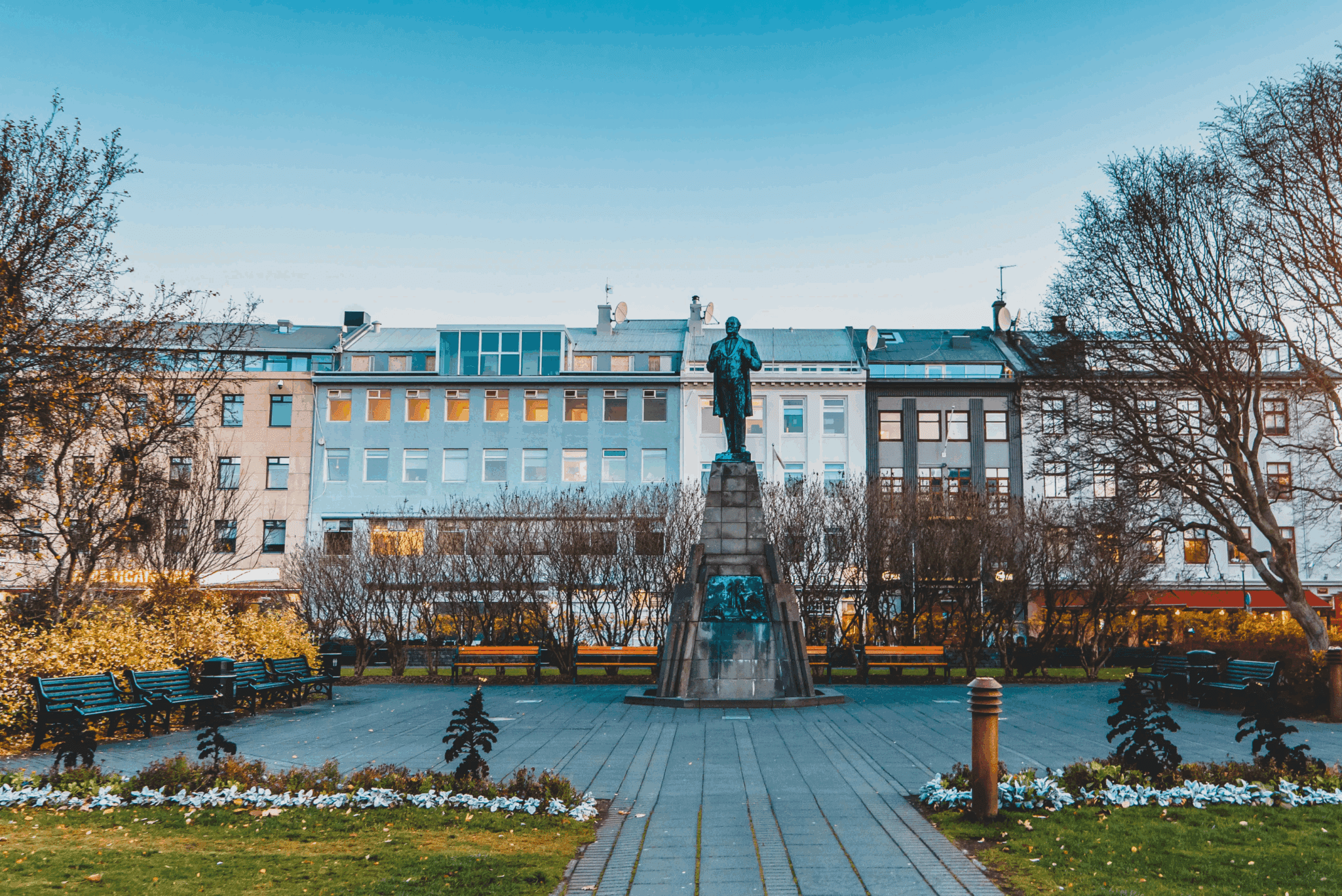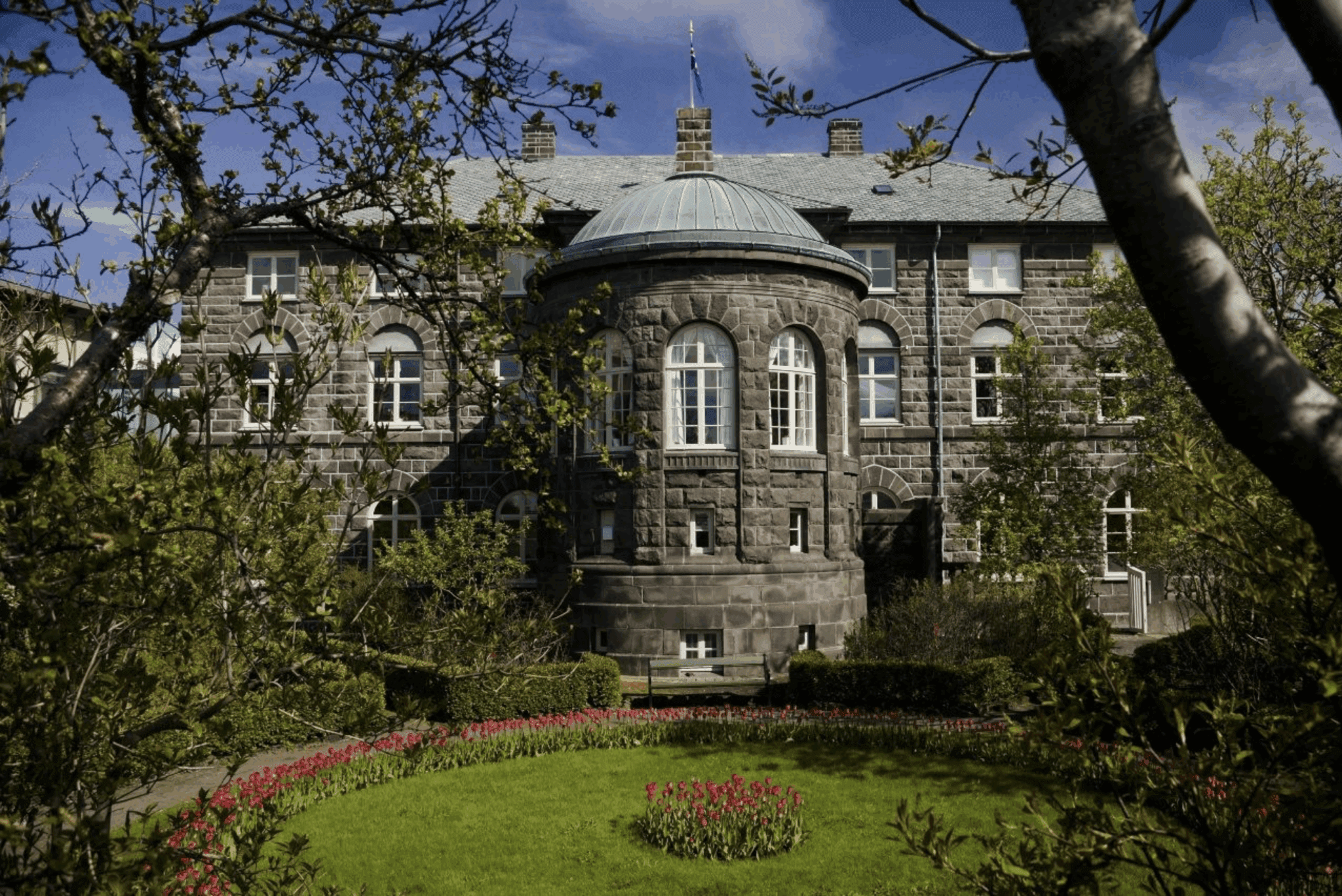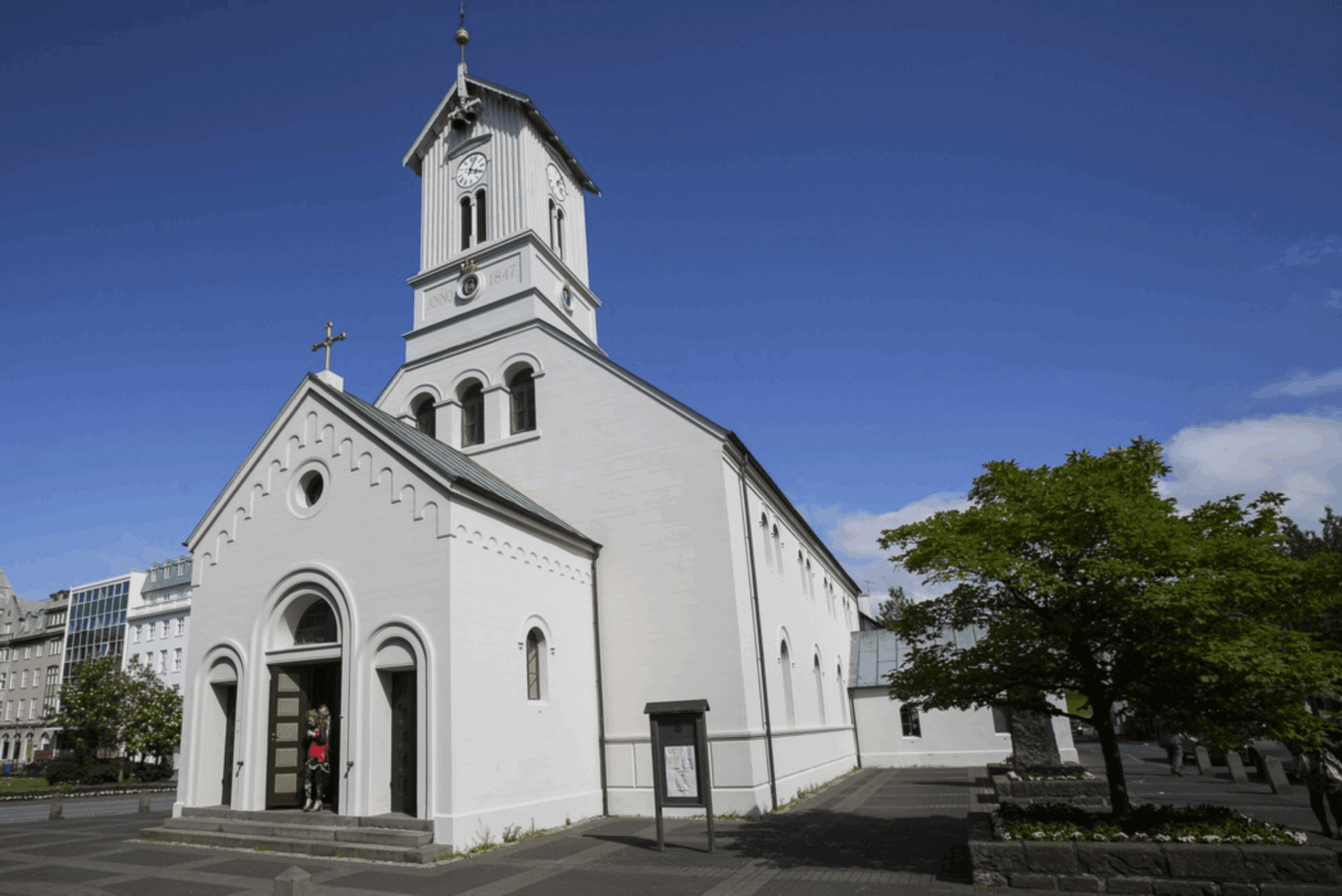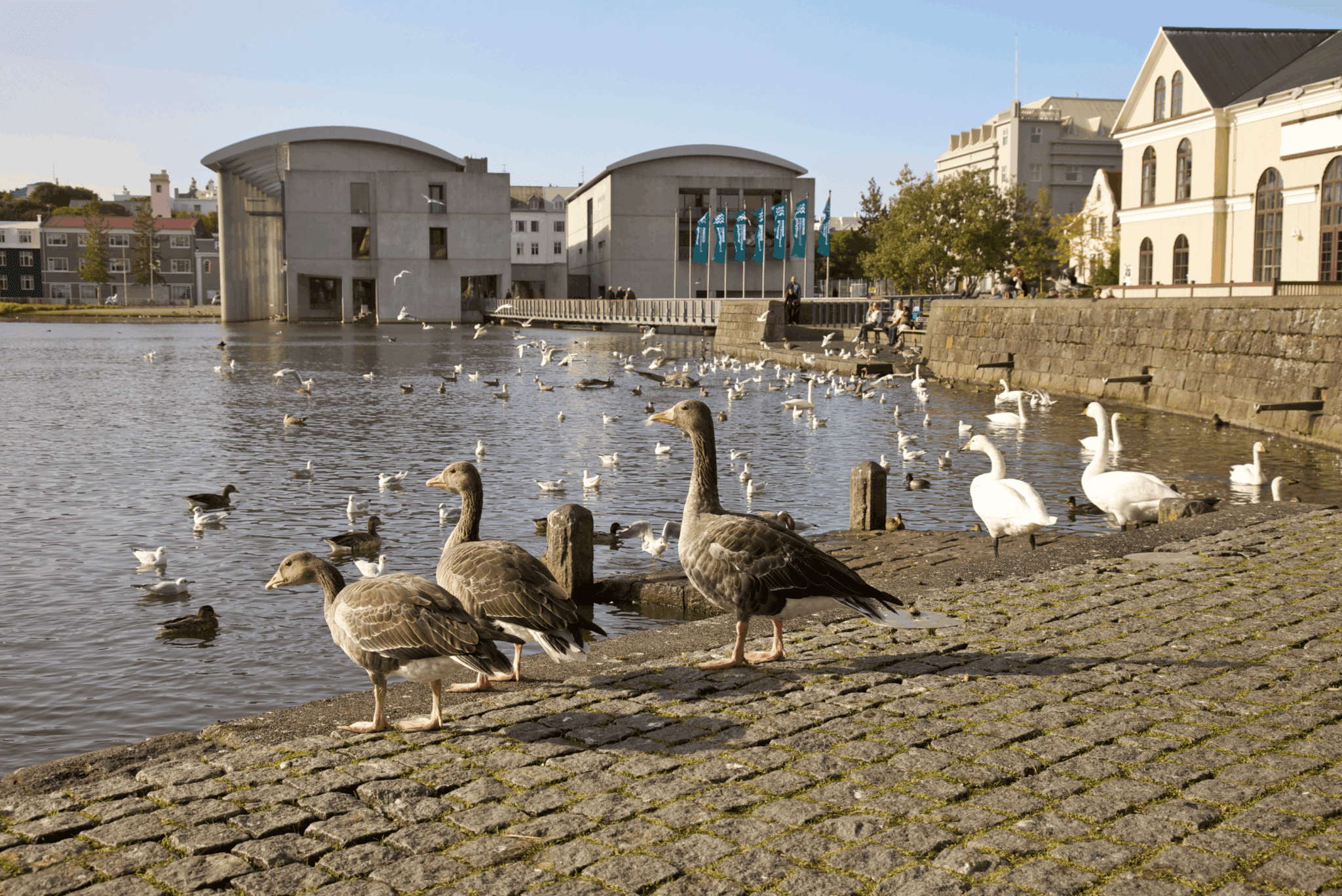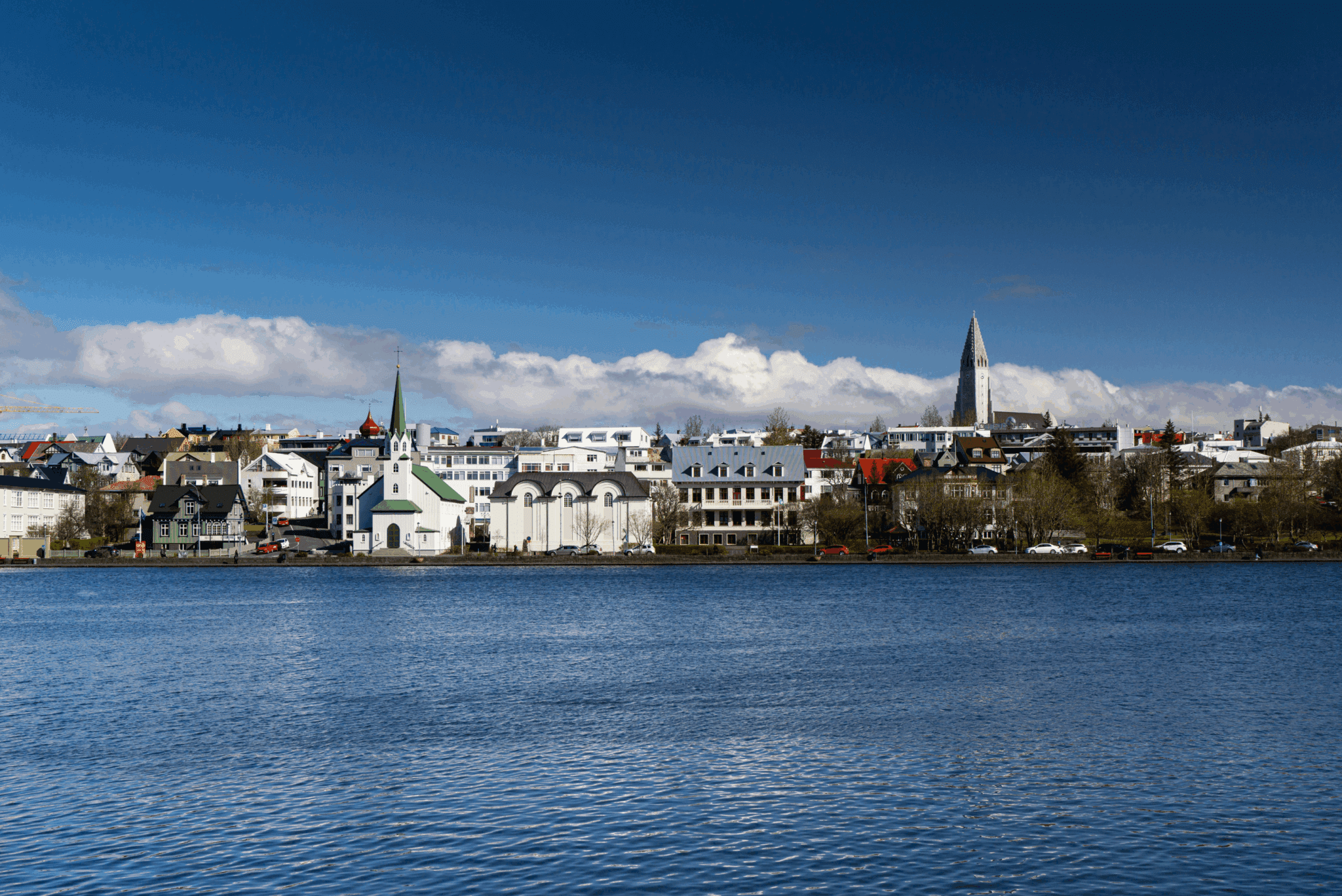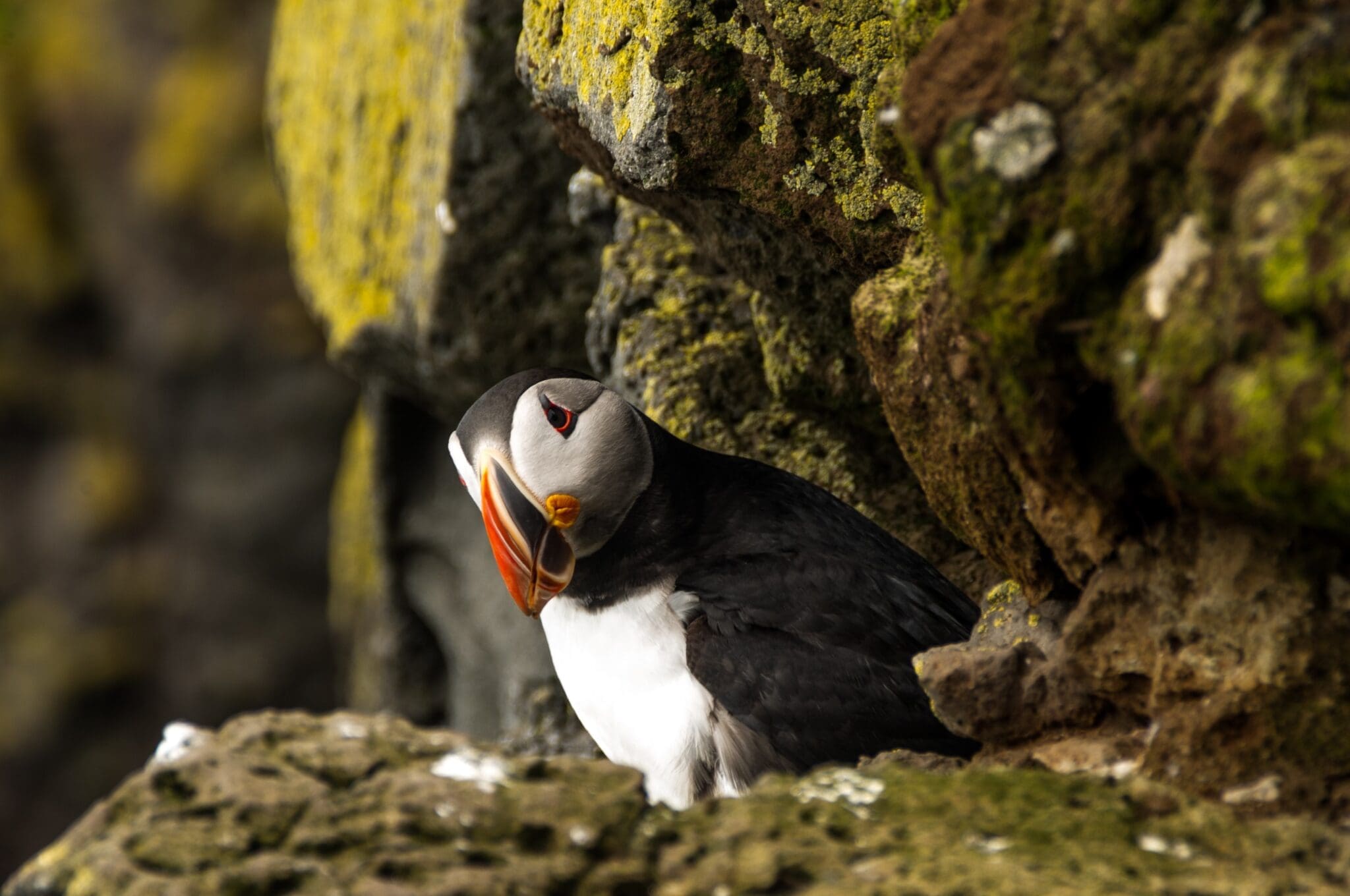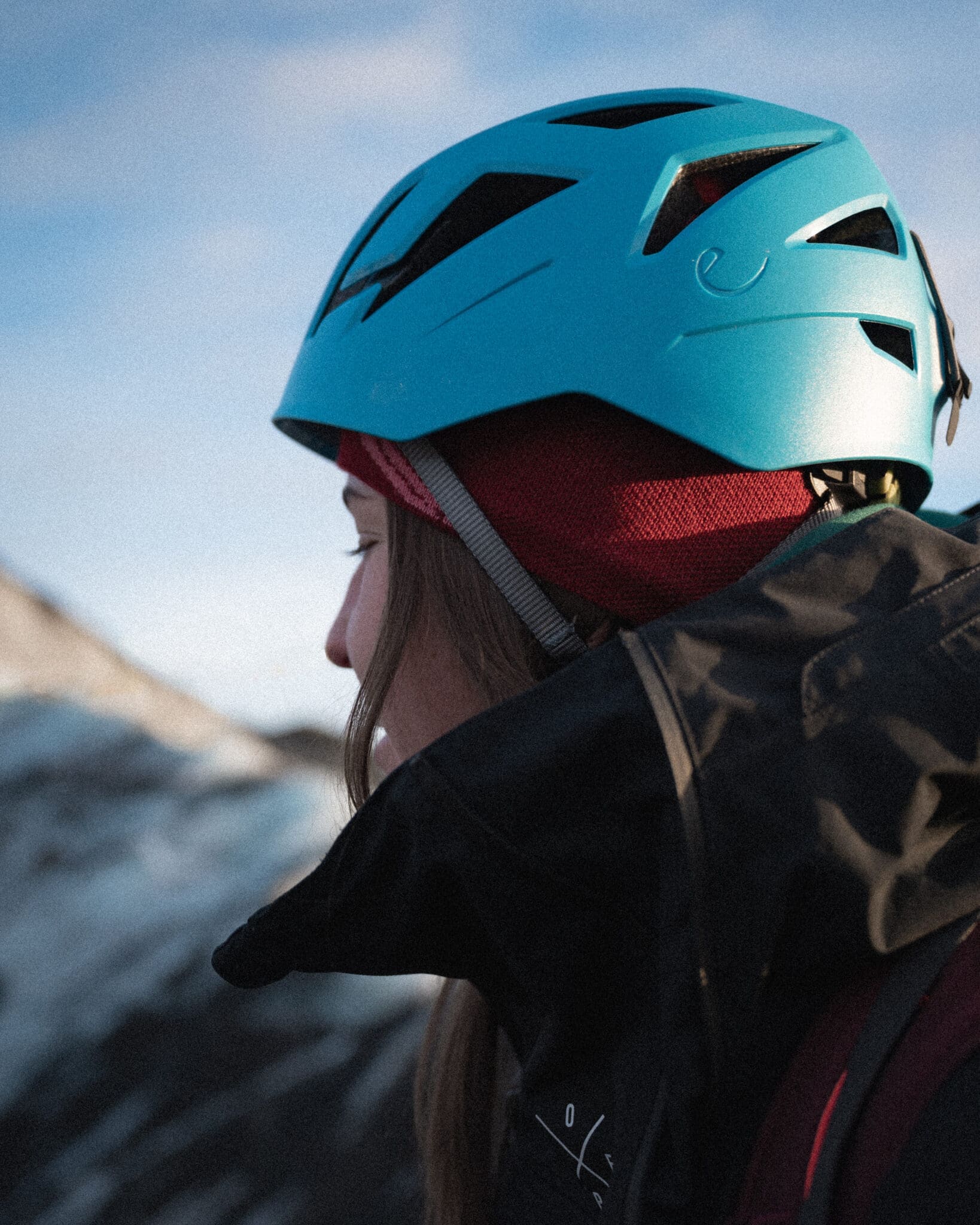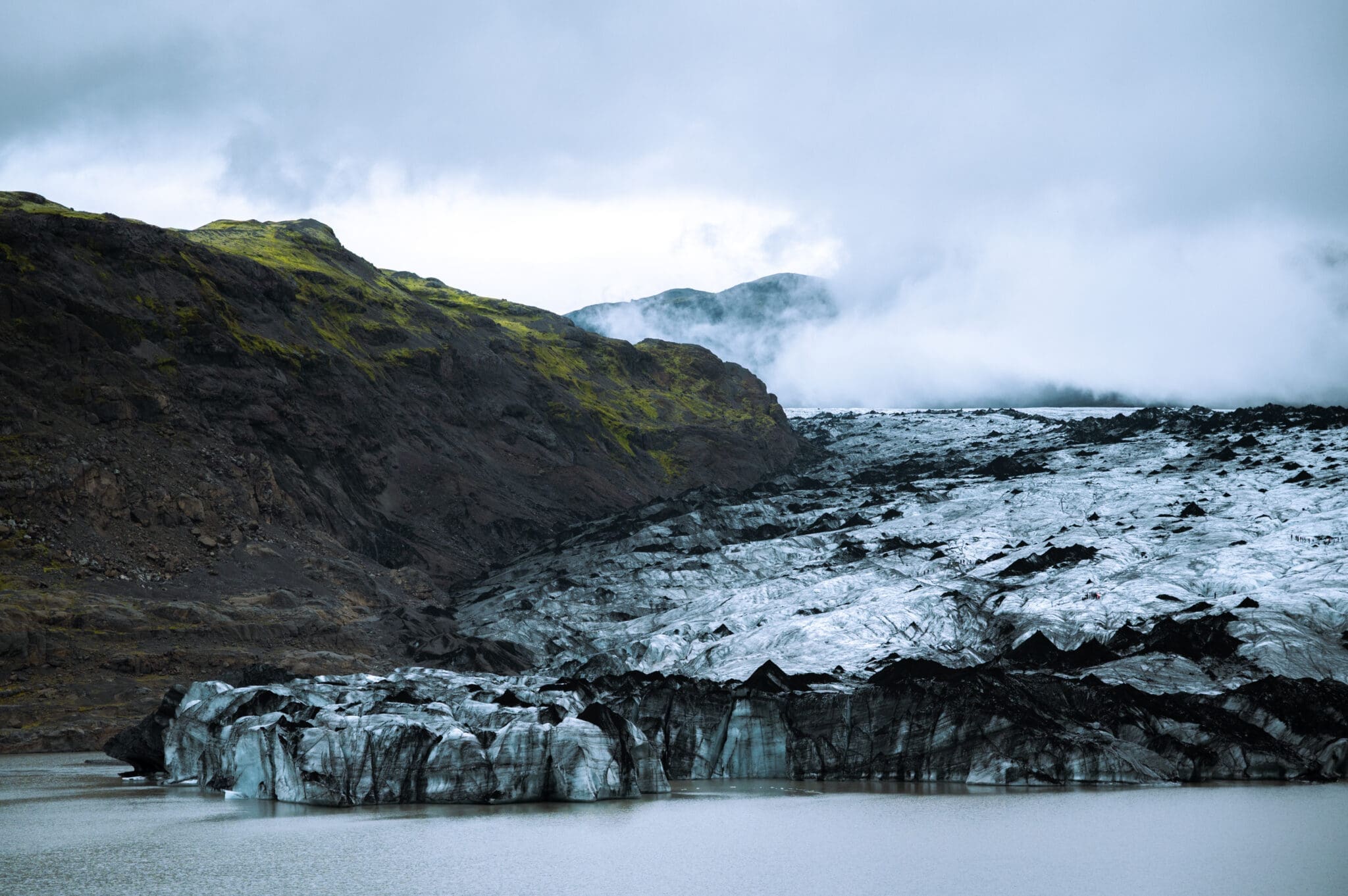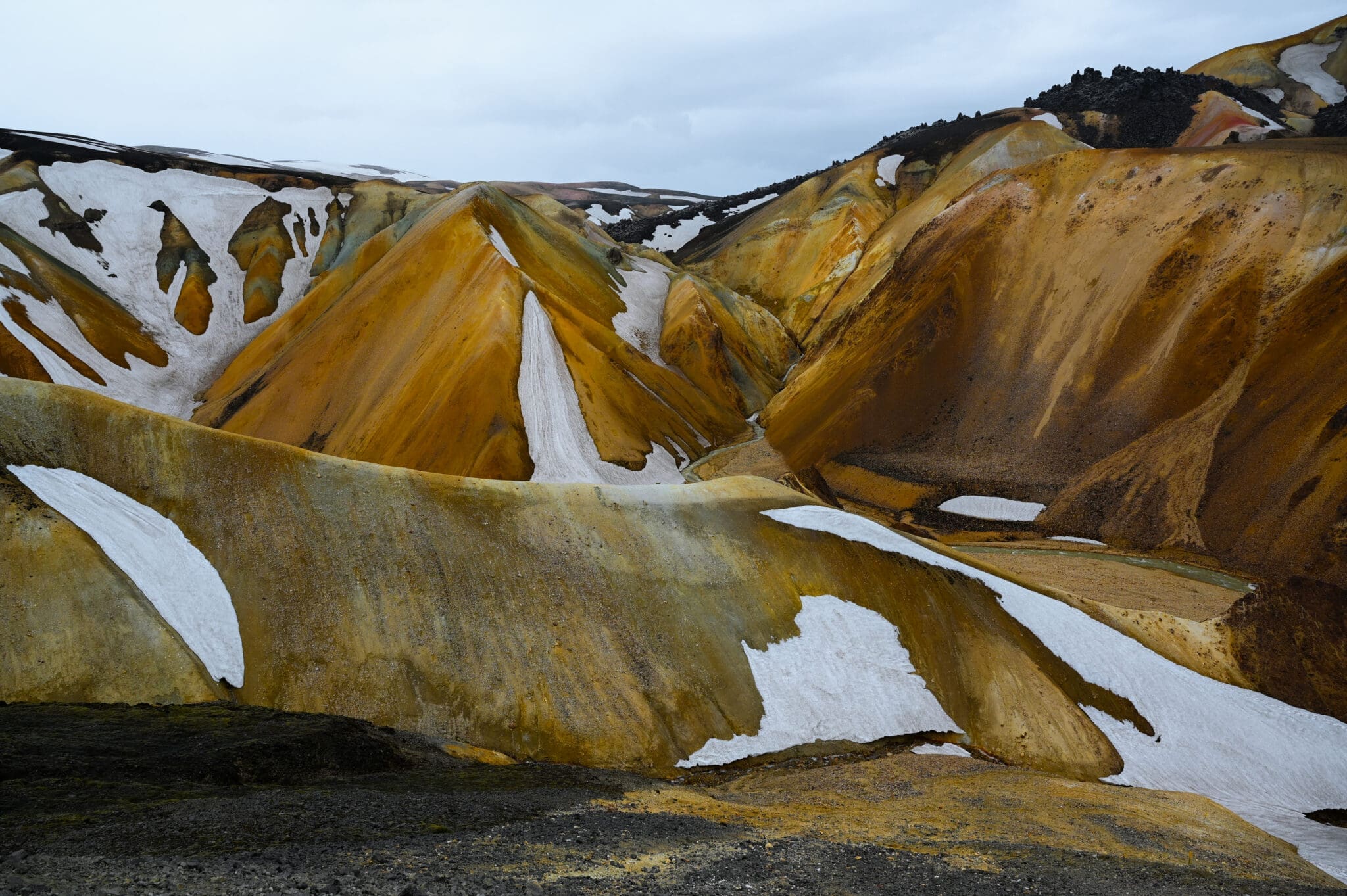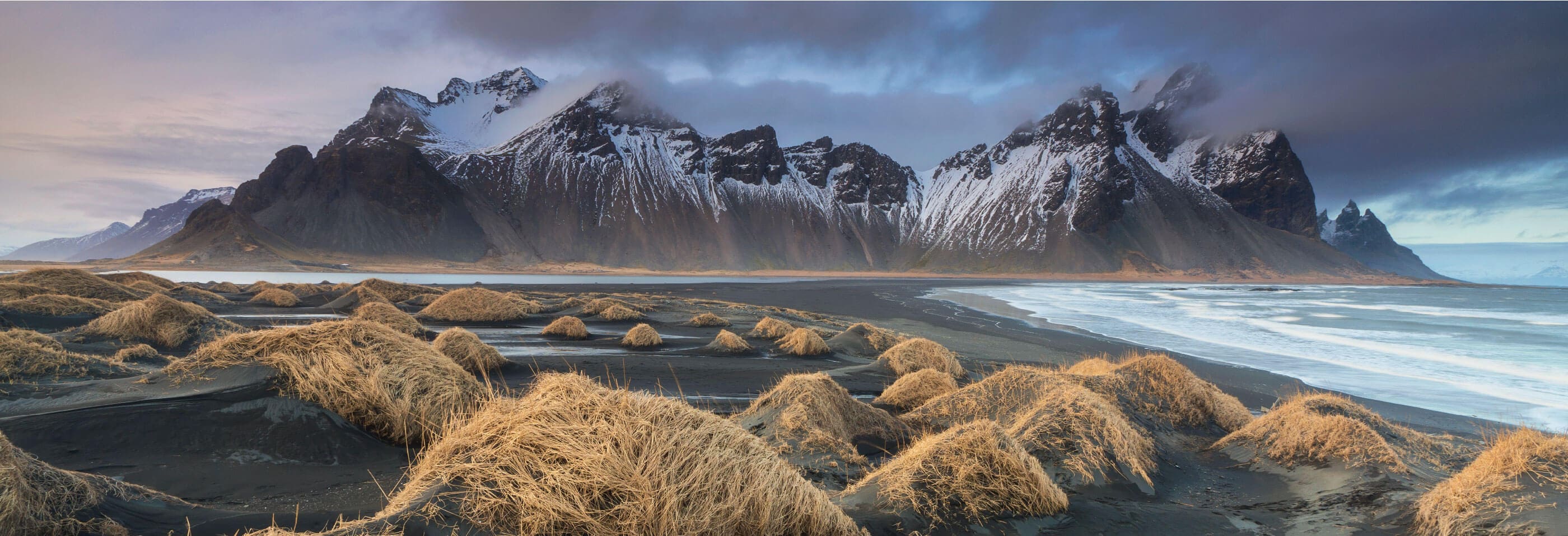
Private Reykjavik City Walk
Private Reykjavik City Walk
Please note:
Available: All year
Duration: Approx. 3-4hrs, depending on your time spent at each stop.
Meeting location: Entrance of Hallgrímskirkja Church
Highlights
- Hallgrímskirkja – The Church of Hallgrimur
- Skólavörðustígur – The Reykjavik Rainbow Street
- Stjórnarráðshúsið – The Prime Minister's Office
- Harpa Concert Hall and Conference Centre
- Gamla Reykjavíkurhöfnin – The Old Harbor of Reykjavik
- Grjótaþorpið – The Rock Village district
- Austurvöllur Square
- Alþingishúsið – The Parliament House
- Dómkirkjan í Reykjavík – The Cathedral of Reykjavik
- Ráðhús Reykjavíkur – The City Hall of Reykjavik
- Reykjavíkurtjörn/Tjörnin – The Pond of Reykjavik
Description
The vibrant city of Reykjavik started as a small village over 2,000 years ago when the first Viking settlers arrived from Norway. Most of them lived on farmsteads with self-sufficiency farming but soon Reykjavik became an important fishing and trading post, making Reykjavíkurhöfn, the Old Harbor of Reykjavik, the main lifeline of its residents and the neighborhood area. With that farmers and workers from the rural area of Iceland started moving to this fishing village around 1800 for jobs in the fishing industry, building small turf cottages in the downtown area by the harbor around the main street Aðalstræti, the oldest part of this city. From there the village grew with more buildings built and fewer farmsteads. Despite that, there is still one old sheep farmer left in the borough of Breiðholt with a sheep shed in his back garden. Reykjavik was granted municipal powers in 1786 but it wasn't called a city until 1962. Reykjavik City is divided into 8 boroughs and as of January 1st, 2022 Iceland has a population of 376,248 and 134,599 living in these boroughs. The whole Reykjavik Capital Area consists of seven municipalities with a population of 240,882, meaning 64% of Iceland's population lives in the Reykjavik Capital Area. Adding to that, many attend work and school in Reykjavik from other closeby municipalities.
We will take a walk around the downtown city of Reykjavik where it all started. First, you'll meet your private guide by the entrance of Hallgrímskirkja, a church built differently from the typical small wooden churches of Iceland. This best-known landmark of Reykjavik stands 74m (244 ft) tall on top of the hill Skólavörðuholt and is the highest church in Iceland. Its design was inspired by glaciers and the basaltic cliffs and mountains in Iceland, designed by the renowned Guðjón Samúelsson who was the State Architect of Iceland and designed many of the most beautiful buildings in Iceland, like the University of Iceland, the first luxury hotel Hotel Borg, and the only Catholic church in Iceland the Roman Catholic Cathedral. For a small fee on-site, you can take an elevator up the church's bell tower for an amazing panoramic view over the city and its surrounding mountain rows, and in front of the church's entrance is the statue of Leifur Eiríksson, the famous Norse explorer who settled in North America around AD 1000 before Christopher Columbus. From there we walk a street leading downhill called Skólavörðustígur, otherwise known as Reykjavik Rainbow Street. This beautiful street of cafés, stores, and galleries, was partly painted in the colors of the rainbow as part of the Reykjavik Pride parade held in August every year, to represent Iceland's friendliness towards the LGBTQ community. Taking a selfie at the bottom of the rainbow-colored Skólavörðustígur with Hallgrímskirkja towering in the background makes for a great memory to photograph. We continue our way downwards to where Stjórnarráðshúsið stands, which houses the Prime Minister's Office. It was built as the House of Correction, locally called Tugthúsið, and before its construction, there was no prison in Iceland so those sentenced had to be sent overseas to Denmark since Iceland was under the reign of the Kingdom of Denmark.
We now continue our way to the modern glass-honeycomb structured Harpa Concert Hall and Conference Center by the seafront, which has won a lot of awards for its structure inspired by Icelandic nature. It has amazing views over the bay extending to the mountain Esja and even to the glacier Snæfellsjökull. A walking path leads to the historic Old Harbor of Reykjavik which played a significant role in Reykjavik changing from a small fishing village into Iceland's capital city. Today it has many colorful houses with tourism operations, cafés, art galleries, and restaurants serving freshly caught fish from the harbor. We turn into the oldest part of Reykjavik called Grjótaþorp, or the Rock Village due to it being a field of rocks before they were removed to build the Cathedral of Reykjavik, for a glimpse of many of the oldest houses left from the 18th and 19th centuries in the oldest district of Reykjavik. Aðalstræti was the first street in Reykjavik and the main shopping street for goods delivered through the Old Harbor. This area is where clusters of turf houses built by workers and fishermen used to stand in between wooden buildings. Close by is the main public square of Reykjavik called Austurvöllur, with Hotel Borg, the Parliament House, and the Cathedral of Reykjavik standing alongside it, and cafés, bars, and restaurants on the other side. In the middle of the square is the statue of Jón Sigurðsson who was the main leader of Iceland gaining independence from the Kingdom of Denmark. One of the oldest parliaments in the world Alþingi was held every year at Thingvellir from AD 930 but then moved to Alþingishúsið or the Parliament House, a beautiful structure made of hewn dolerite that is a subvolcanic rock and behind it is an ornament garden believed to the be the oldest public garden in Iceland in its original appearance. Next to the Parliament house stands the neoclassical Lutheran church Cathedral of Reykjavik, the first building completed in the notion of Reykjavik becoming the capital city of Iceland.
We end our walk by Reykjavíkurtjörn or the Pond of Reykjavik. Extending into this pond is the City Hall of Reykjavik, locally called Ráðhús Reykjavíkur, which houses the offices of the mayor, and on the ground floor a large 3D model of Iceland, called Íslandslíkanið. Like many other buildings in Reykjavik, the City Hall's structure was inspired by the mossy lava fields of Iceland, with a moss-grown wall by a rounded pond. Reykjavíkurtjörn, or Tjörnin for short, is popular among the locals for feeding the many species of water birds residing there. All year this area is buzzing with life, whether it be cycling, running or walking around Tjörnin, or ice skating during winters when it freezes over.
- Private guidance in the downtown area of Reykjavik City
- Knowledgeable & experienced English-speaking guide
- Hallgrímskirkja – The Church of Hallgrimur
Named after the 17th-century poet and clergyman Hallgrímur Pétursson, the Lutheran church Hallgrímskirkja is among the best-known landmarks of Reykjavik. It is the tallest church in our country, standing 74m (244 ft) tall. Designed by the State Architect of Iceland Guðjón Samúelsson – one of Iceland’s most renowned architects – its dramatic and unusual design is inspired by basalt columns, emulating the Icelandic landscape. Guðjón Samúelsson began drawing Hallgrímskirkja in 1936, but its construction didn’t begin until 1945. It wasn’t finished until 1986, long after Guðjón Samúelsson had passed away.
Admission to the church is free, but note the church may not always be open to the public during religious services and private events. For a small fee on location, you can take an elevator up to the church’s bell tower to enjoy a panoramic view over Reykjavik and the city’s surroundings. In front of Hallgrímskirkja is a statue of Leifur Eiríksson, the famous Norse explorer thought to be the first European to set foot in North America around AD 1000, before Christopher Columbus‘ settlement there. In 1930, the United States of America gifted Iceland this statue to commemorate the 1000th anniversary of Althingi, the Parliament of Iceland, first established AD 930 in Thingvellir.
- Skólavörðustígur, aka Reykjavik Rainbow Street
Skólavörðustígur is a street located in the heart of Reykjavik, leading up to Hallgrímskirkja church. This beautiful street has cozy cafés, various stores and galleries, and the homes of locals living there.
Iceland is considered to be among the most LGBTQ-friendly countries in the world and every year since 1999, the Reykjavik Pride parade has been held in the downtown Reykjavik area, with over 100,000 people taking part in celebrating diversity and preserving solidarity each year. As a part of that celebration, Skólavörðustígur was painted by locals in the colors of the rainbow to represent Iceland’s friendliness towards the LGBTQ community, and since 2019 this piece of art has been kept permanent.
- Stjórnarráðshúsið – The Prime Minister's Office
Stjórnarráðshúsið was originally a penitentiary before housing the Prime Minister’s Office and was formerly known as Tugthúsið (e. The House of Correction). When Iceland was under the reign of the Kingdom of Denmark, those sentenced for crimes in were sent overseas to Denmark to take out their sentence. In need of a penitentiary in Iceland, constructions began in 1761, which didn’t finish till the winter of 1770-1771. It was a horrible place to end up in and some of those imprisoned died from starvation and a general lack of hygiene and healthcare.
Finally, it was formerly closed in 1816 and stood unused until it was turned into the residency of a Danish governor Ludvig Moltke a few years later. The first Icelandic minister took office there in 1904 until it housed the President’s Office from 1973 to 1996. Today, Stjórnarráðshúsið houses the Prime Minister’s Office.
- Harpa Concert Hall and Conference Centre
The Harpa Concert Hall and Conference Center is a modern glass-honeycomb building, featuring differently colored geometric-shaped glass over a framework of steel. This building has received numerous architectural awards for its beautiful structure and the MICE Report Award for the best conference center in North Europe.
Located by the seafront near the Old Harbour of Reykjavik, it has amazing views over Faxaflói bay to the Esja mountain and sometimes all the way to the magnificent Snæfellsjökull glacier on the Snæfellsnes peninsula on sunny days. Harpa is the home to The Icelandic Opera, the Iceland Symphony Orchestra, and Reykjavik Big Band, with various organized events, performances, and exhibitions held throughout the year.
- Gamla Reykjavíkurhöfnin – The Old Harbor of Reykjavik
The Old Harbor of Reykjavik is a great historic area of how Reykjavik changed from a small fishing village into the capital city of Iceland. The walking path leading from the harbor by the shore to Harpa is popular among the locals and travelers.
From the settlement period, this was a natural harbor so it wasn’t until 1913 that the Old Harbor was built, but it has always been an important fishing and trading post since when the Vikings first settled in Reykjavik. The shore was the main attraction for the Viking explorer Ingólfur Arnarsson when he settled in Reykjavik after traveling overseas from Norway. Today, the Old Harbor is still a vital contributor to Iceland’s economy, with various colorful buildings housing tourism operations, cafés, art galleries, and restaurants serving freshly caught fish every day.
- Grjótaþorpið – The Rock Village district
Grjótaþorpið, or the Rock Village, is the oldest district of Reykjavik, deriving its name from the farm Grjóti (e. The Rock) and the rocky field stretching down the hill before the rocks were removed for building the Cathedral of Reykjavik. Grjóti was one of the then eight smallholding farms of Reykjavik in the 18th century, but soon it became a cluster of poorly built turf houses when people from the rural district started moving to Reykjavik around 1800 for jobs in the fishery by the Old Harbor of Reykjavik. The first street in Reykjavik was called Aðalstræti, which was the main shopping street for goods delivered through the Old Harbor from overseas. Gradually the turf houses were replaced by wooden buildings, and in and around Grjótaþorpið and Aðalstræti are many of the oldest houses left in the downtown area from the 18th and 19th centuries.
- Austurvöllur Square
The square Austurvöllur is the main public square in Reykjavik. Alongside it are The Parliament House, The Cathedral of Reykjavik, and the first luxury hotel in Iceland Hotel Borg, constructed in 1930 in art deco style. Around are also a lot of restaurants, bars, and cafés, and on sunny days in summer the locals have picnics on the grass. In the middle of Austurvöllur stands a statue of Jón Sigurðsson who was the main leader of the Icelandic movement for independence from the Kingdom of Denmark. June 17th was his birthday and therefore that date was chosen as The Republic of Iceland was declared independent, making it the Icelandic National Day.
- Alþingishúsið – The Parliament House
Alþingi is one of the oldest parliaments in the world, dating back to when the first assembly was held at Thingvellir in AD 930. The assembly was held outdoors on the plains of Thingvellir in June every summer and those who attended lived in temporary tents and camps for two weeks. It was moved to Reykjavik in 1798, only to be discontinued two years later. In 1845 it was reinstated by royal decree and the construction of the Parliament House (called Alþingishúsið) started in 1880. It wasn’t completed until 1884, though it was formally inaugurated in 1881. This classical building was designed by the Danish architect Ferdinand Meldahl and built from hewn dolerite which is a subvolcanic rock. In 2002 a glass and stone annex was added to the building, but various buildings around house different operations related to the parliament. Behind the Parliament House is a charming ornamental garden dating back to 1894, believed to be the oldest public garden in its original appearance in Iceland.
- Dómkirkjan í Reykjavík – The Cathedral of Reykjavik
Next to the Parliament House stands a neoclassical church, the Cathedral of Reykjavik designed by Andreas Kirkerup and consecrated in 1796. It serves as the parish church of central Reykjavik and is the seat of the Bishop of Iceland and the matrice of the Evangelical Lutheran Church of Iceland, otherwise known as the National Church of Iceland. This was the first building to be completed in the notion of Reykjavik becoming the capital city of Iceland. The National Church of Iceland and the Parliament are intertwined and since 1845 each parliament session begins with a mass in the Cathedral of Reykjavik before the parliament members enter the Parliament House together.
- Ráðhús Reykjavíkur – The City Hall of Reykjavik
The City Hall of Reykjavik, locally called Ráðhús Reykjavíkur, was constructed from 1988 to 1992 extending into the Pond of Reykjavik. It houses the offices of the Mayor of Reykjavik and on the ground floor is Tjarnarsalur (e. The Lake Room) where a large 3D model of Iceland is stored, called Íslandslíkanið. Being about 7 x 11 m (23 x 36 ft) in size, this model is perfect for an overview of Iceland before traveling around our country. Tjarnarsalur is intended for meetings, exhibitions, and receptions, so sometimes the model is moved to a storing room. Outside the City Hall is a small square with a rounded pond and a moss-grown wall inspired by the mossy lava fields of Icelandic nature.
- Reykjavíkurtjörn/Tjörnin – The Pond of Reykjavik
By the City Hall of Reykjavik is the prominent Pond of Reykjavik, locally known as Reykjavíkurtjörn or Tjörnin for short. It has been referred to as “the biggest bread soup in the world” due to how popular it is among locals to feed the 40-50 species of water birds there. Tjörnin frequently freezes over during winter and makes for a great skating rink. Around it is a walking path popular for jogging, dog walking, and cycling. Surrounding are many old residential houses and historical buildings, and when the weather is good this area is buzzing with life.
- Please respect your surroundings – do not throw any trash.
- For environmental responsibility purposes, you do not need to print out your e-ticket.
- Dress according to the weather by wearing warm and wind-/waterproof clothing in layers and bring gloves and a hat.
- Wear suitable footwear, preferably waterproof with a good grip, in case of slippery conditions due to ice, rain, or gravel paths.
If you chose not to be picked up, your private guide will meet you by the entrance of Hallgrimskirkja Church.
- Difficulty:
- Very Easy
- Duration:
- 4 hours
- Price From:
- 60.000 ISK

